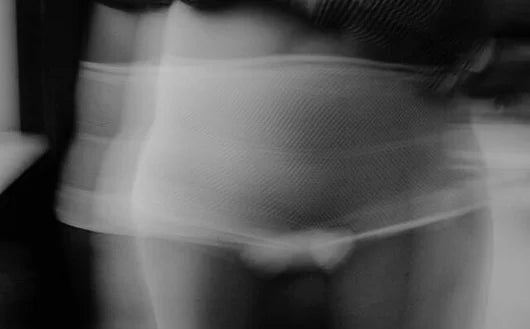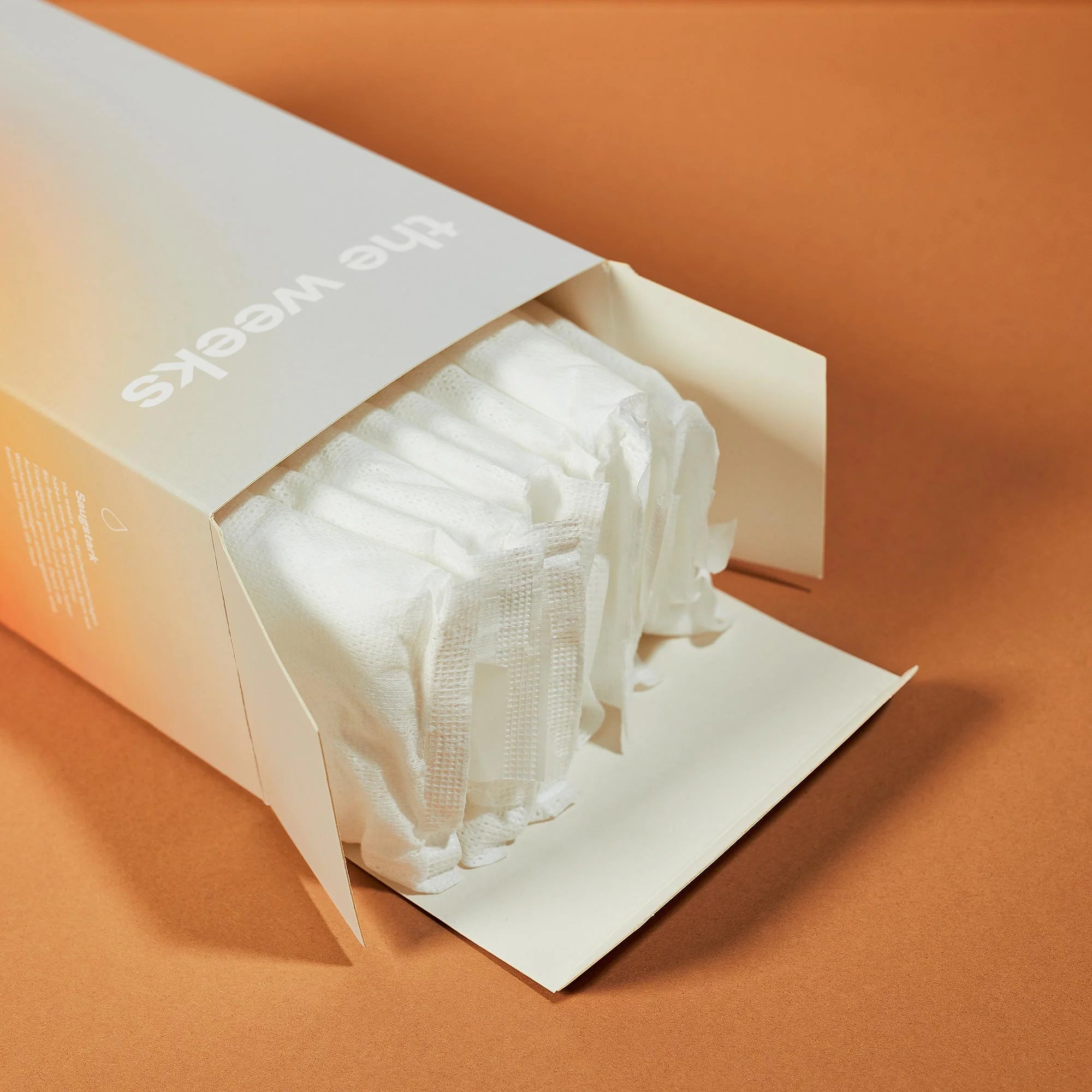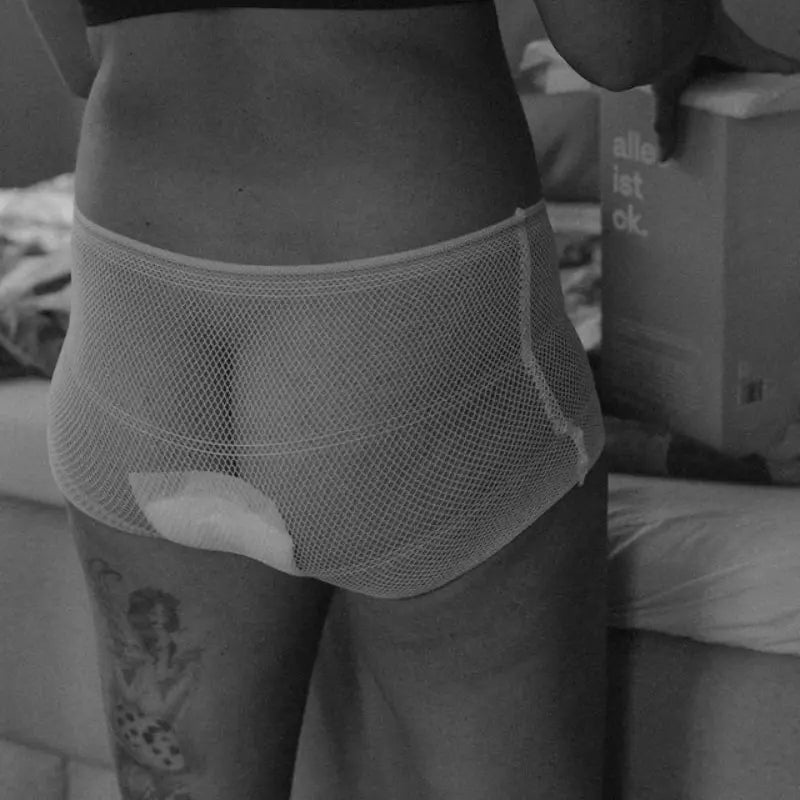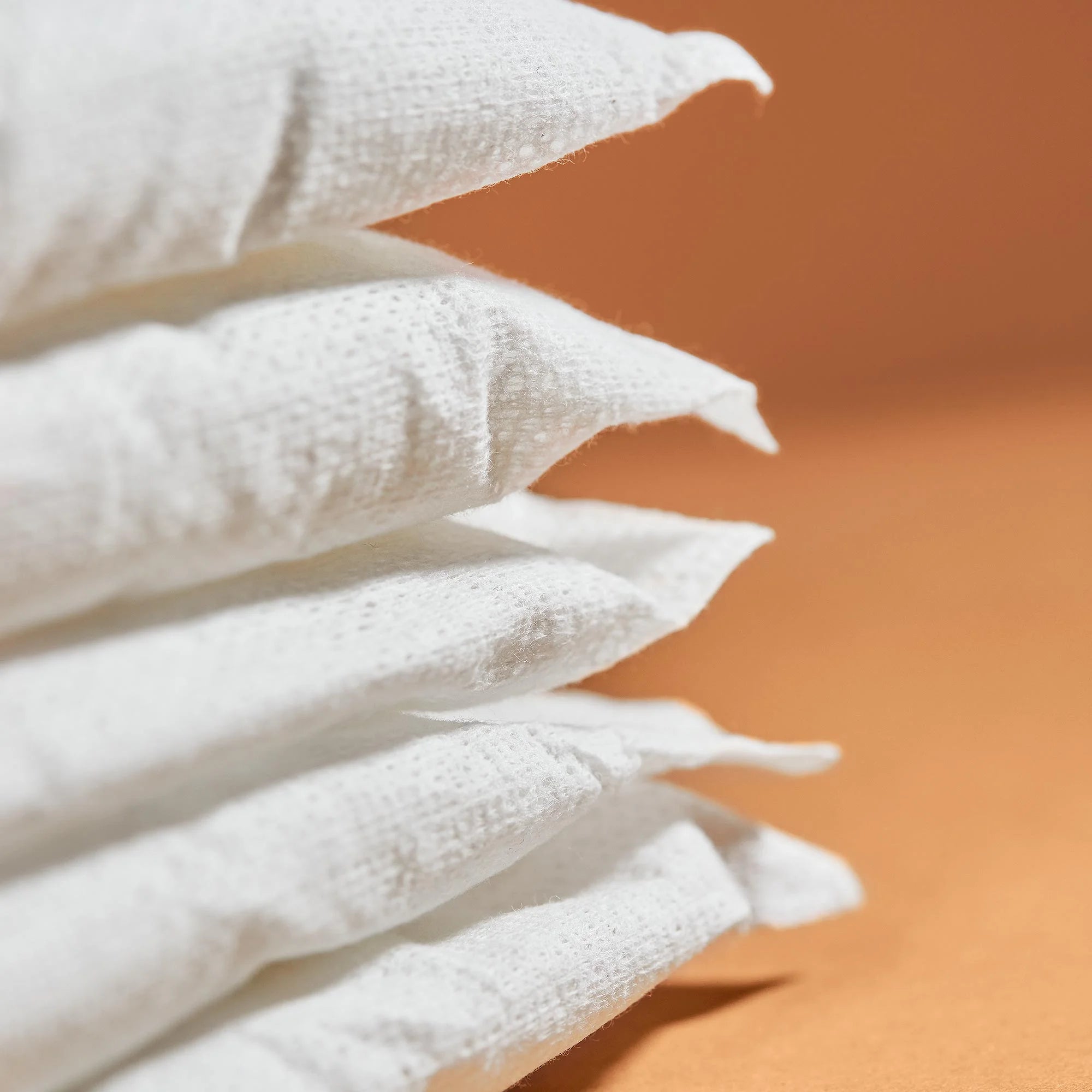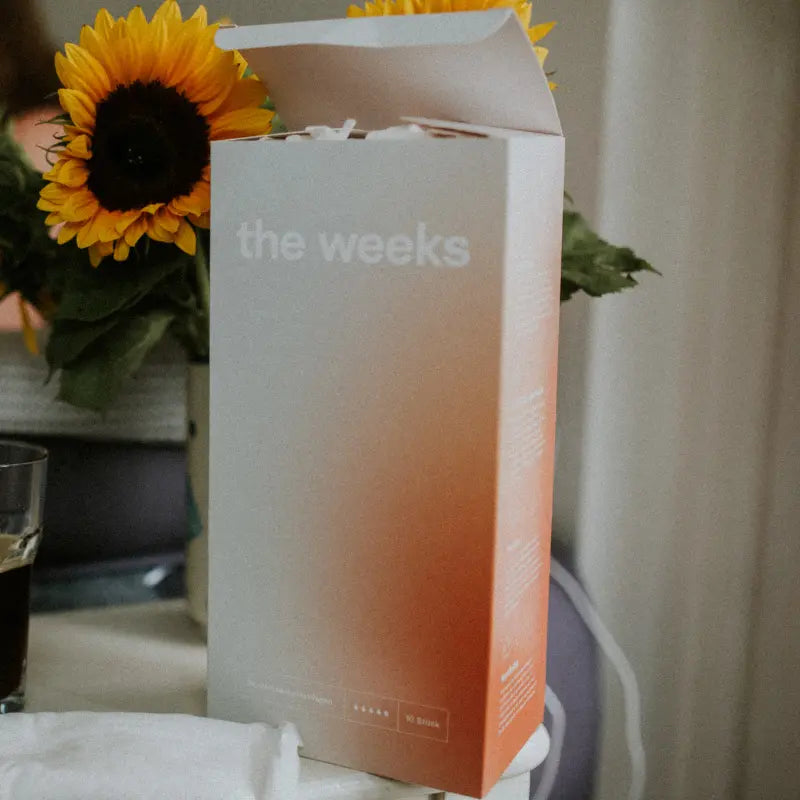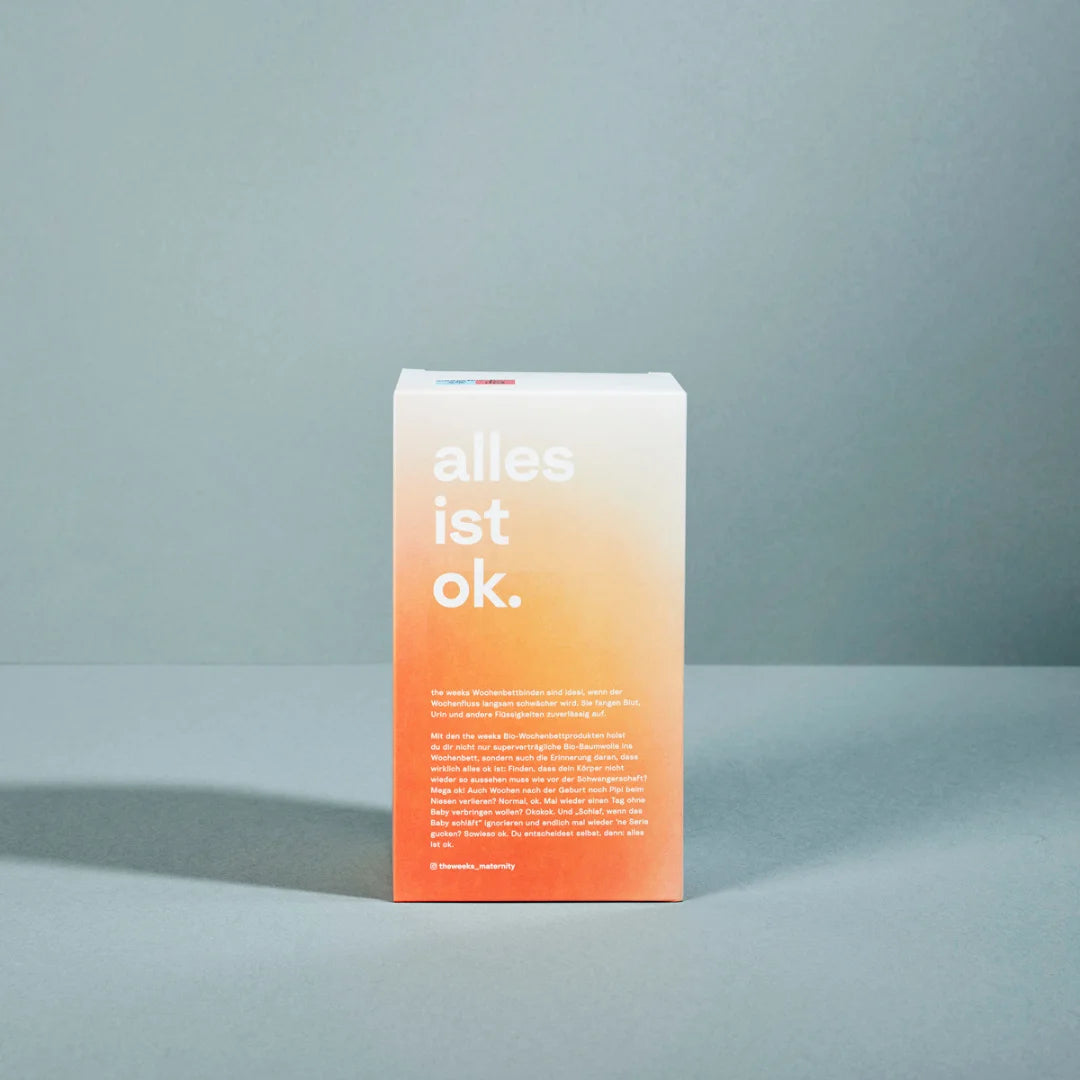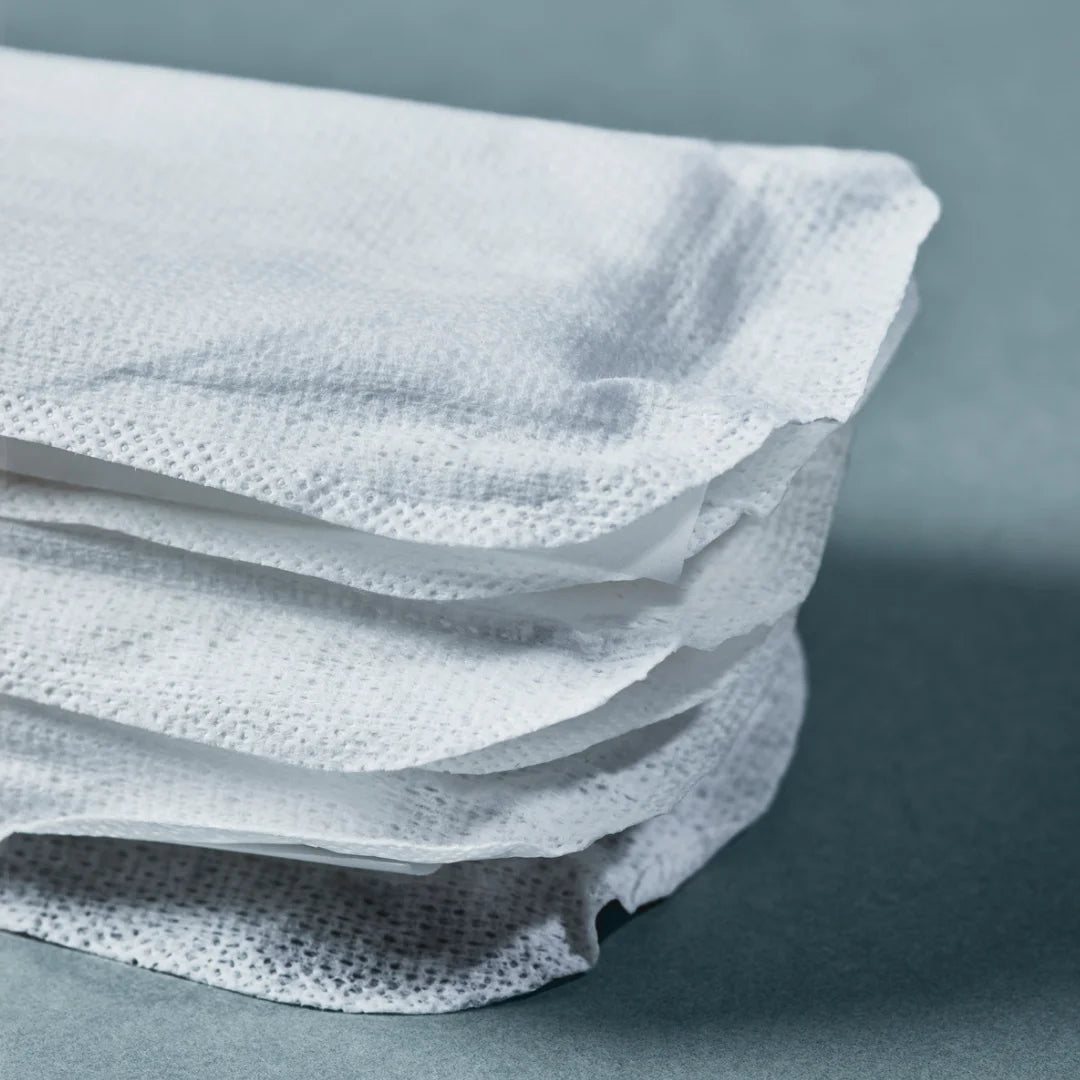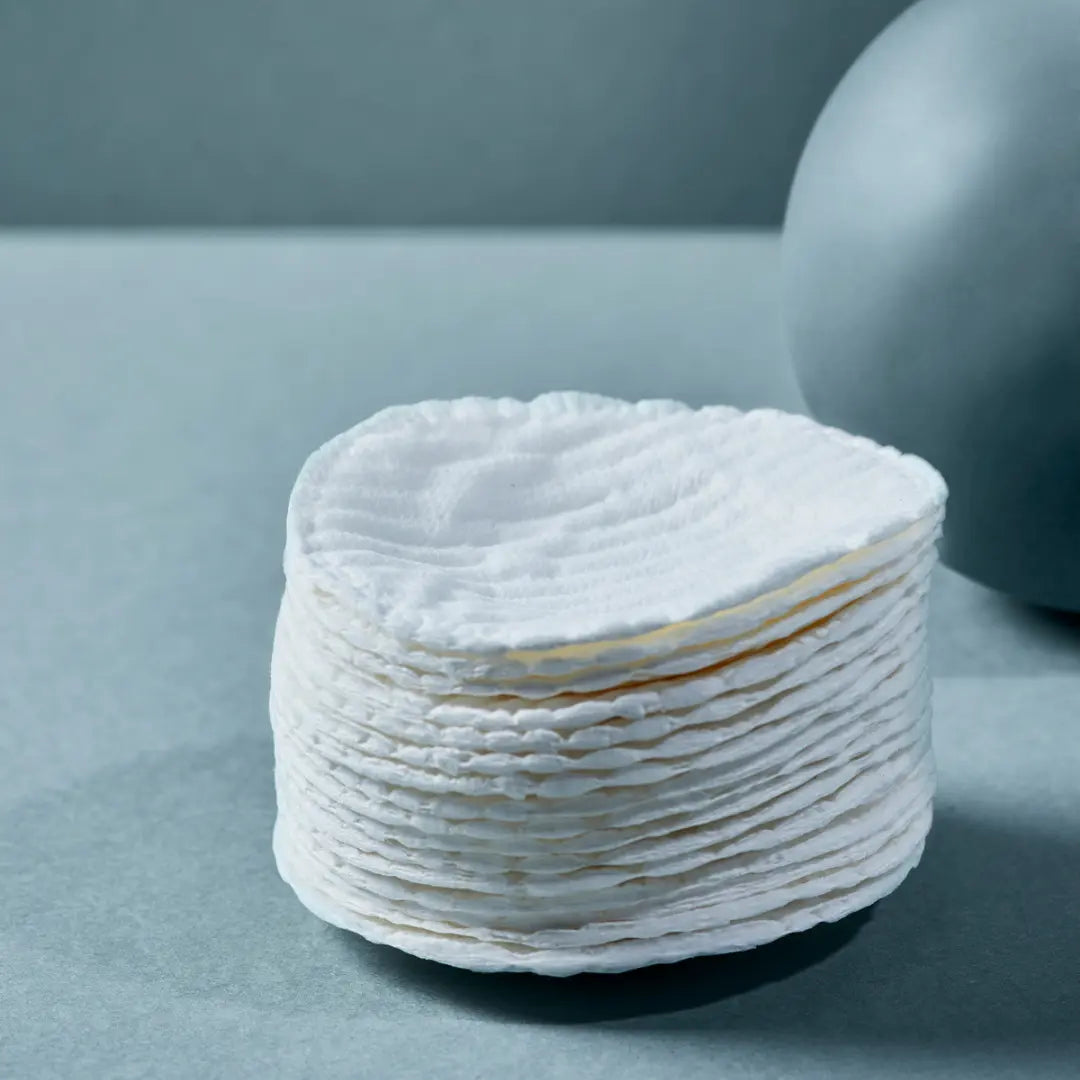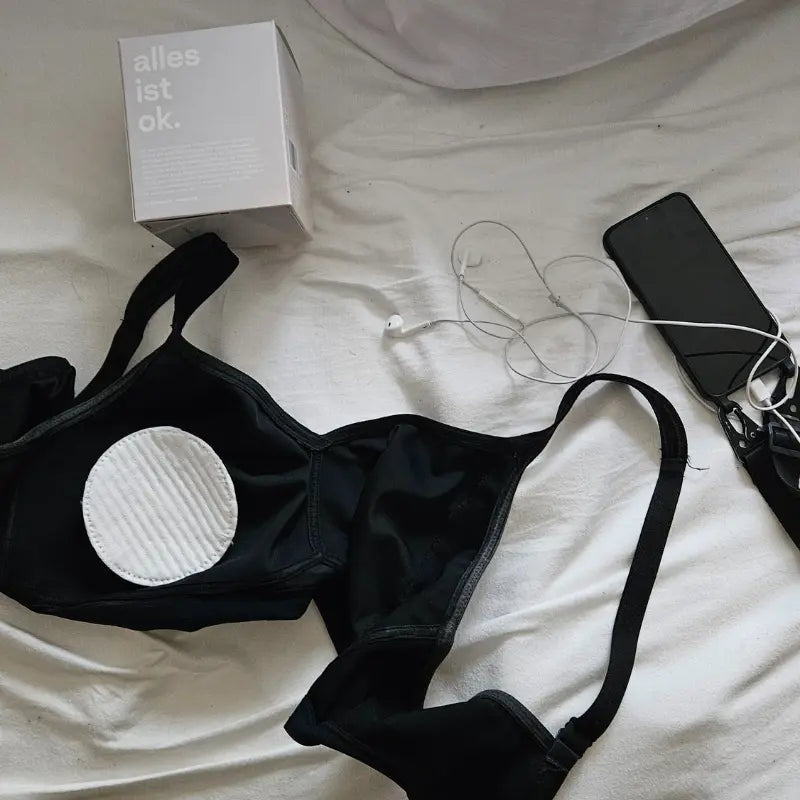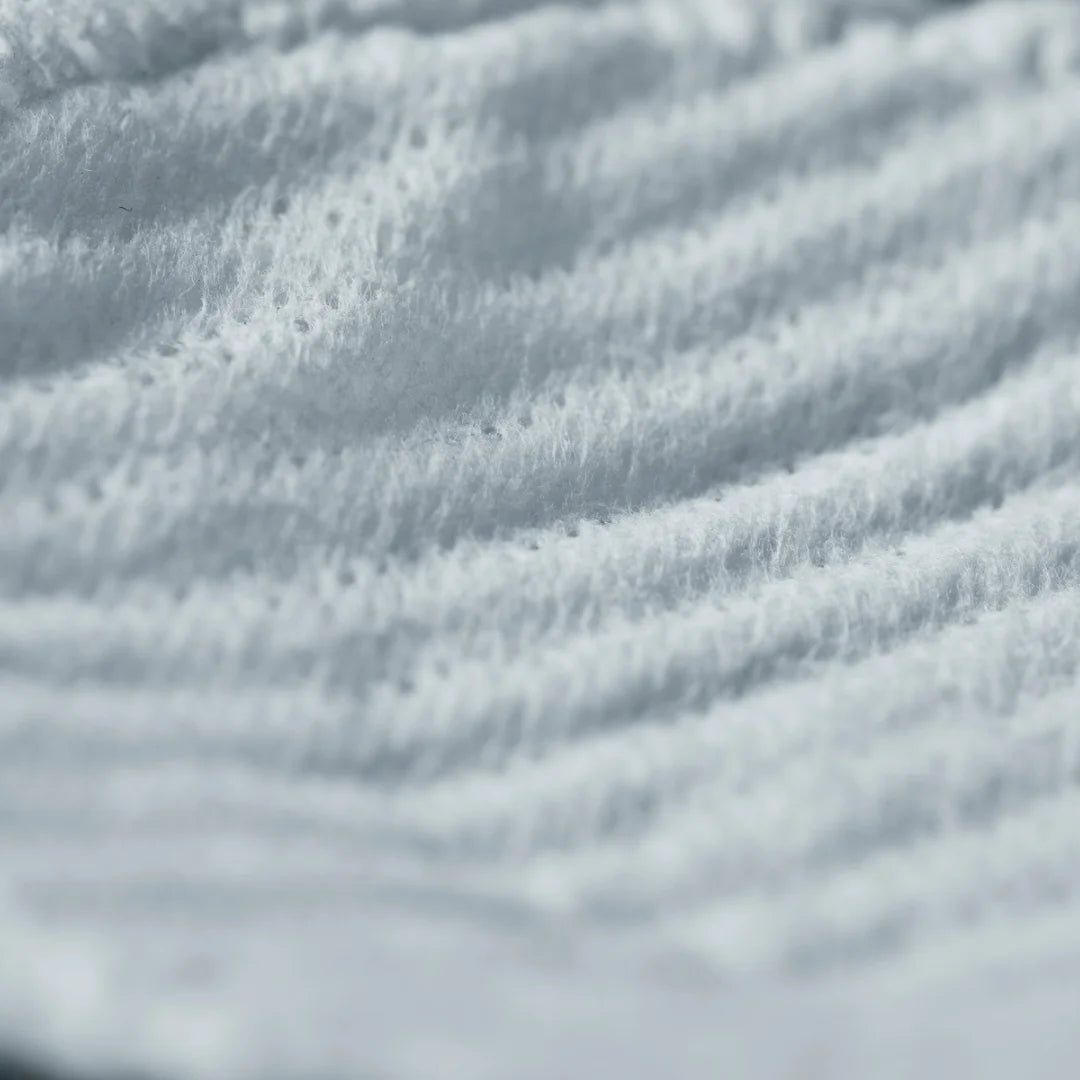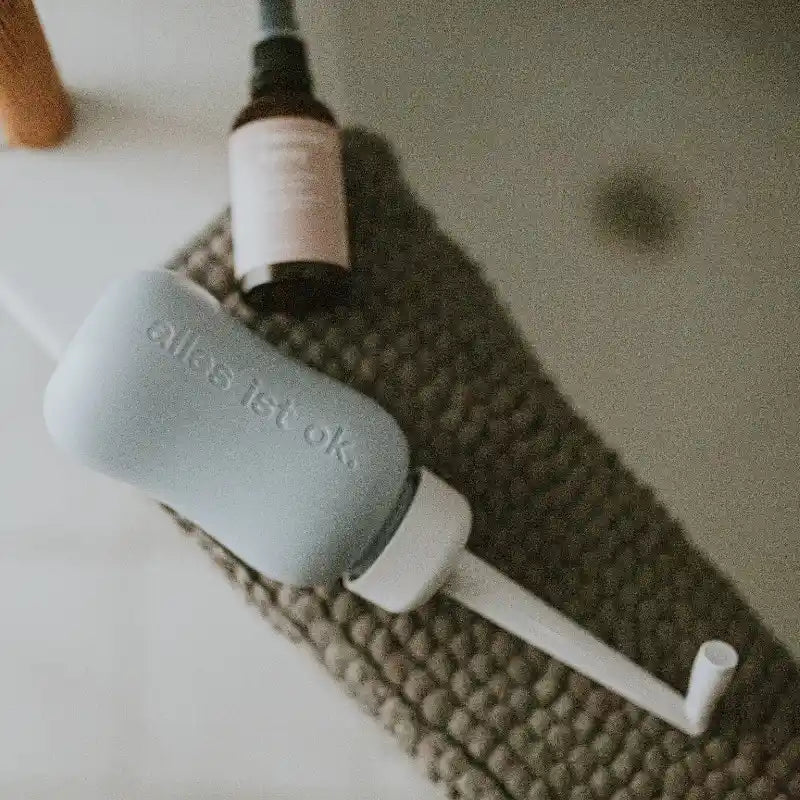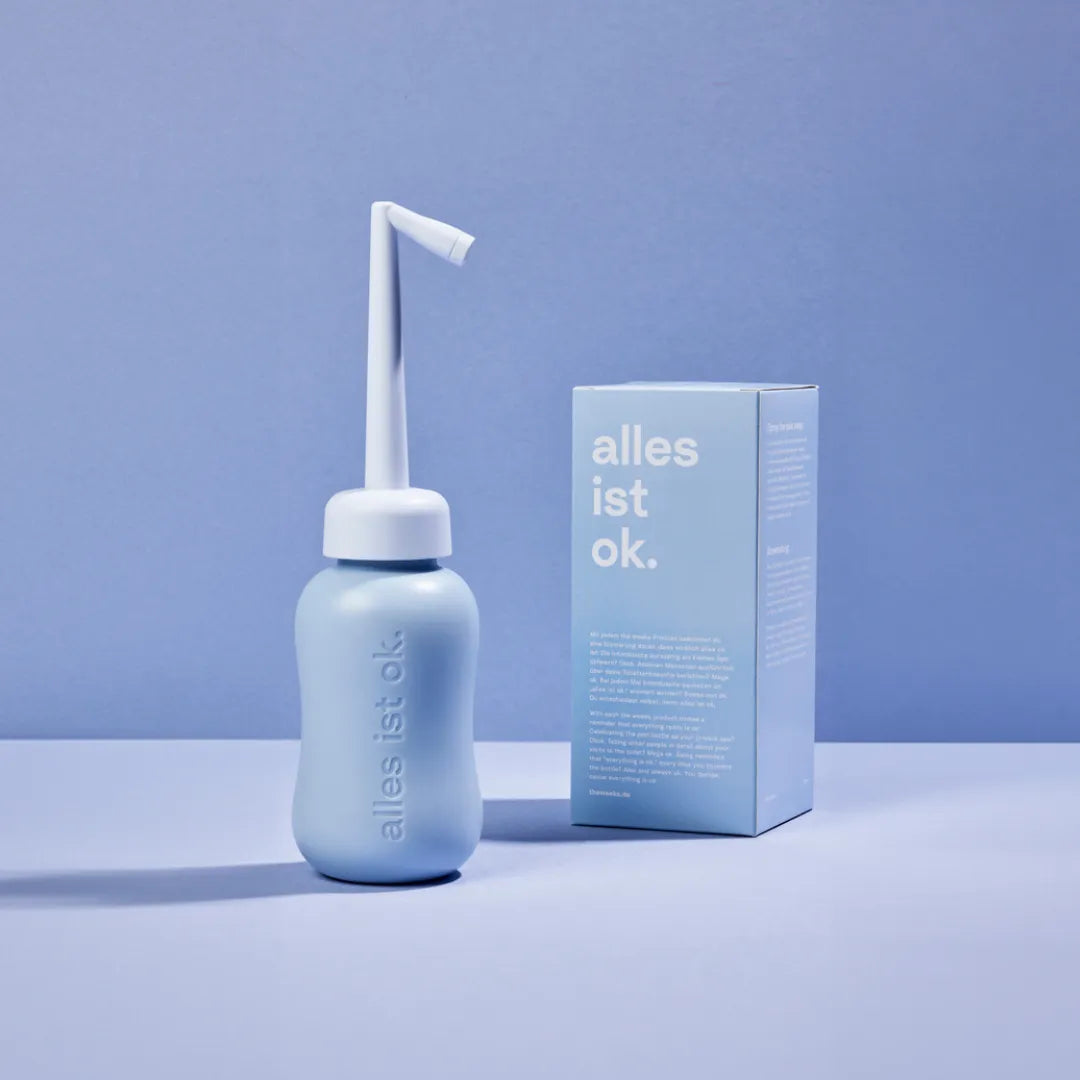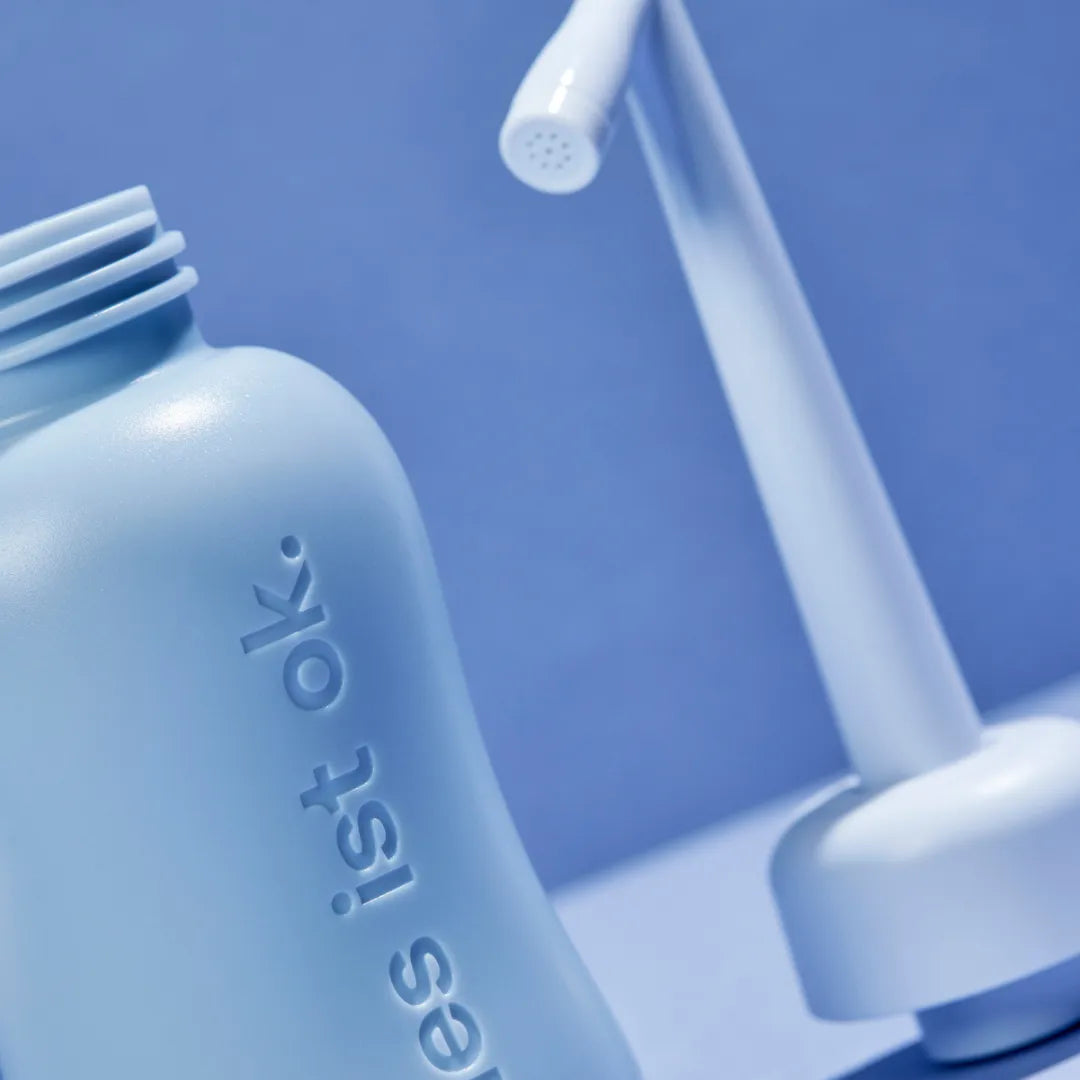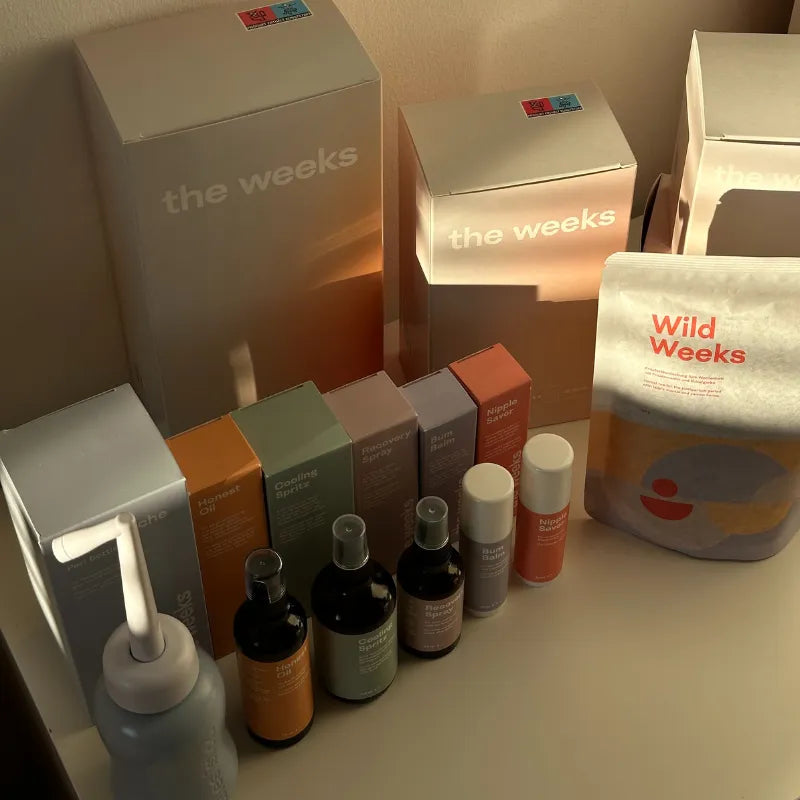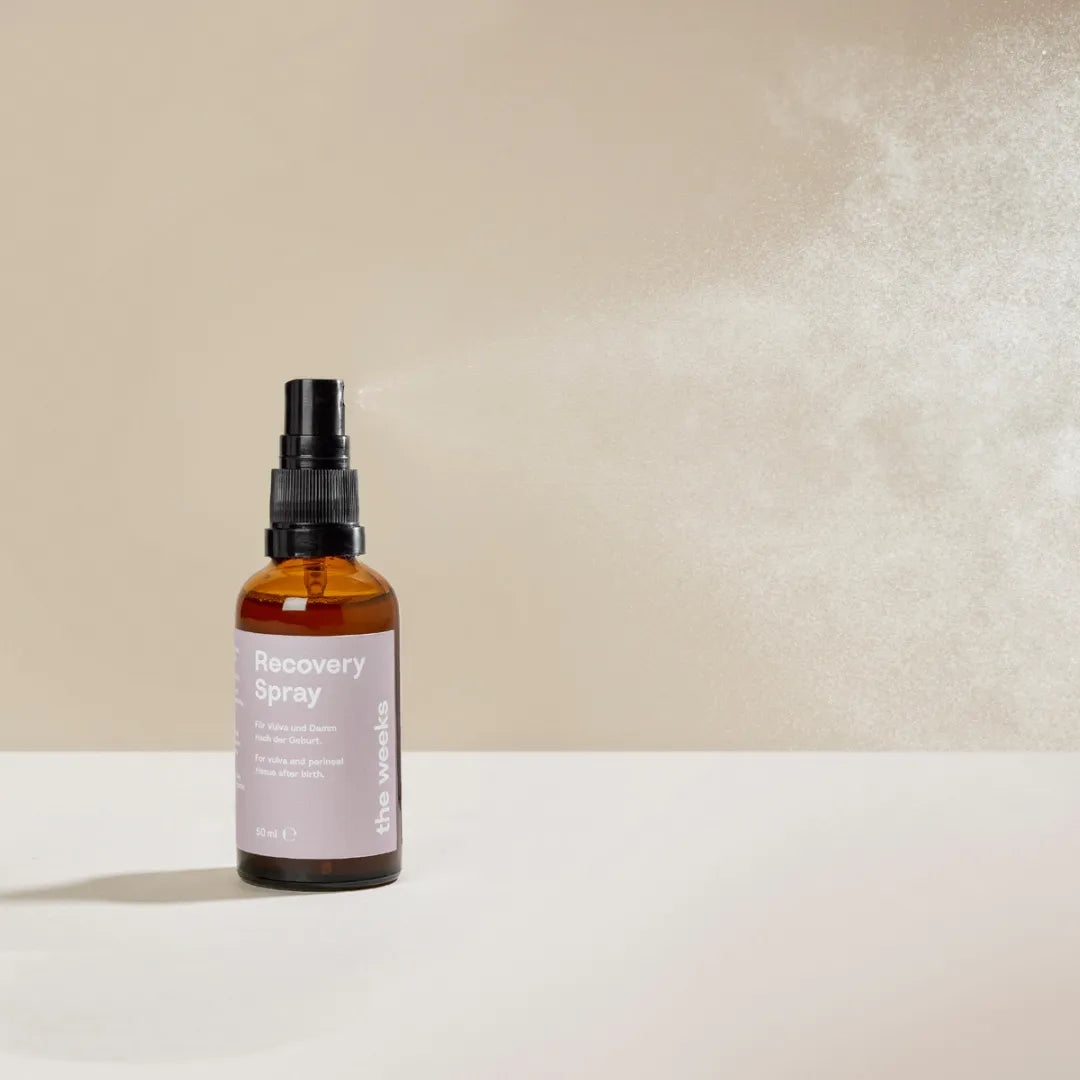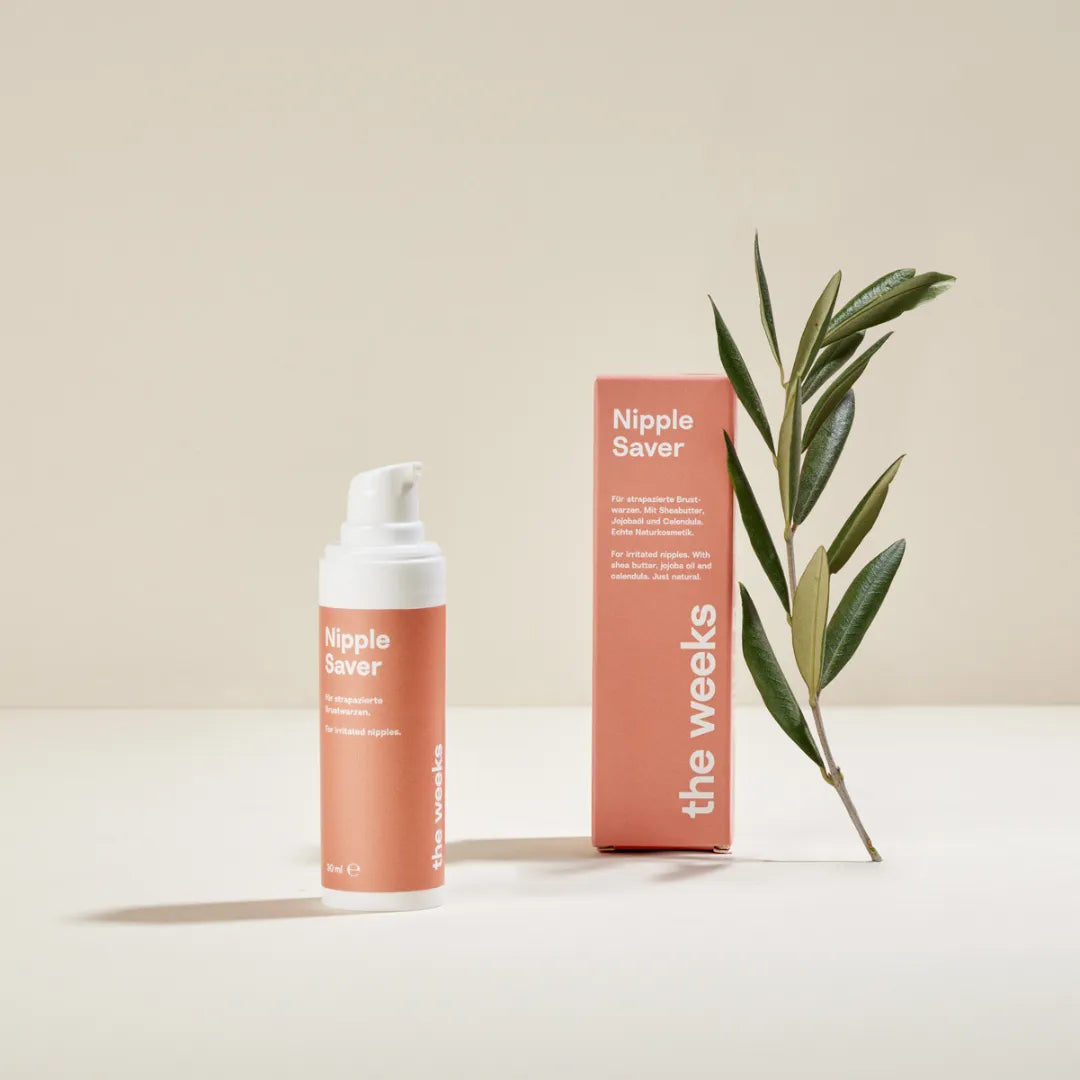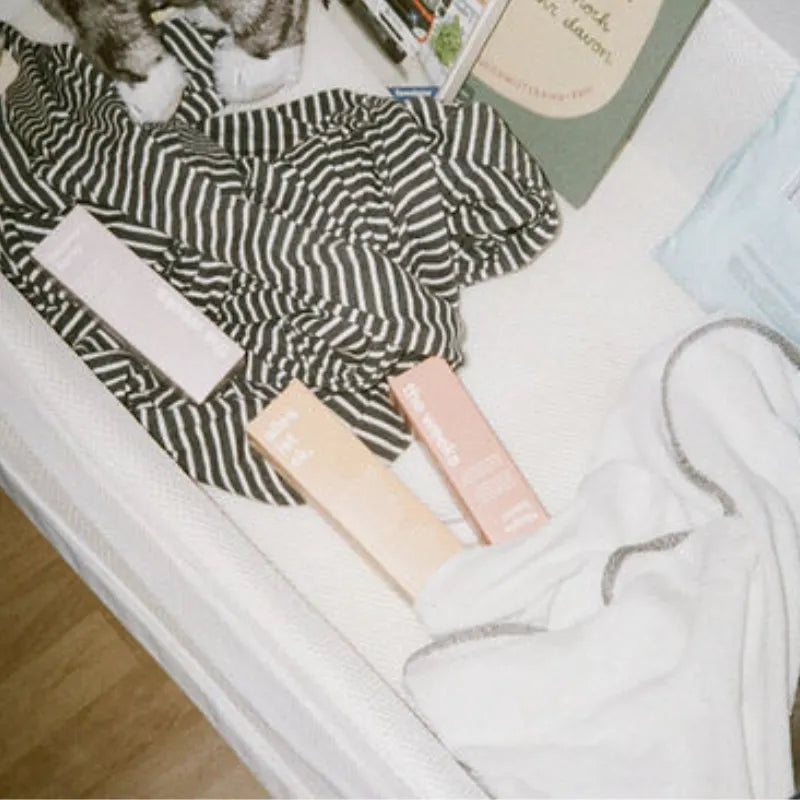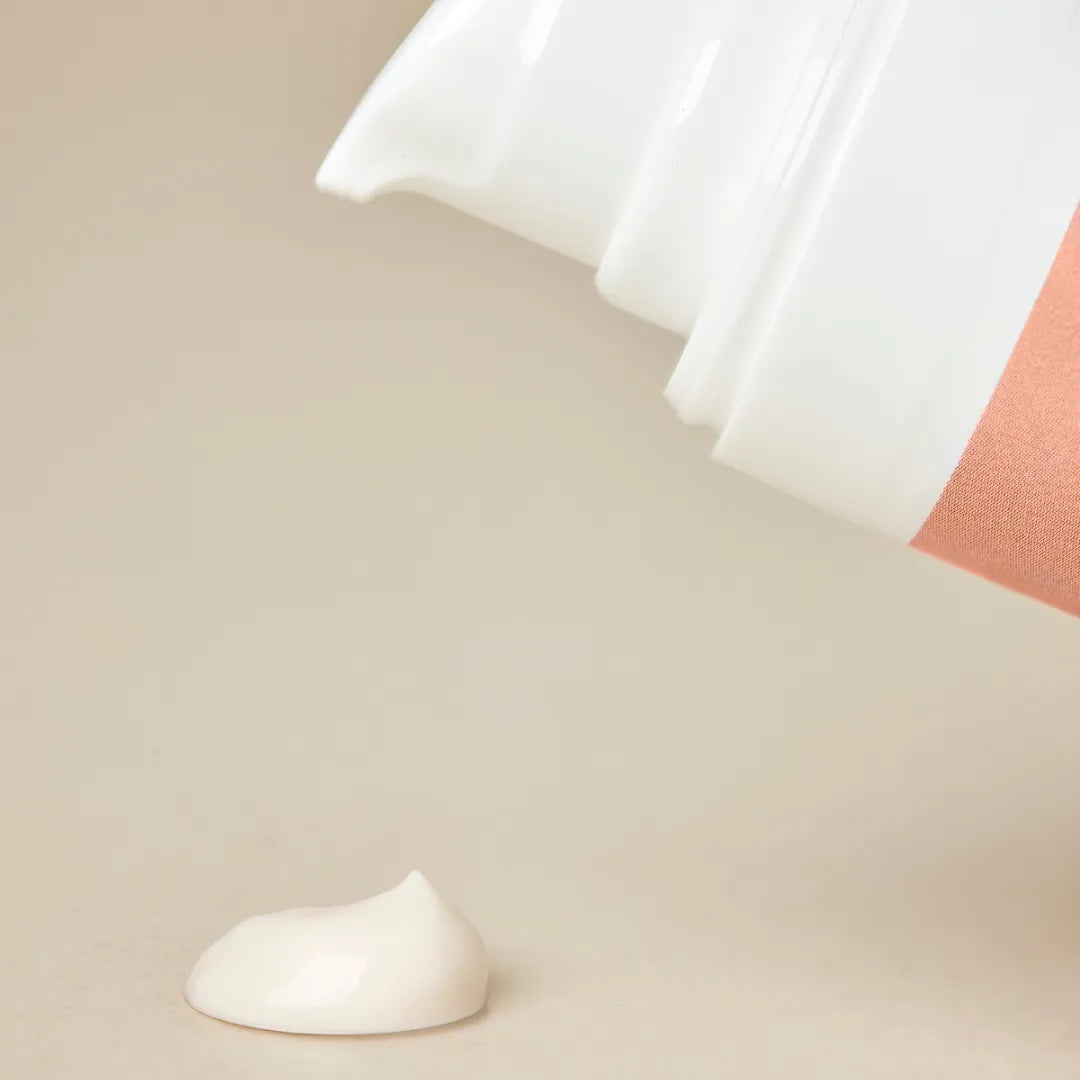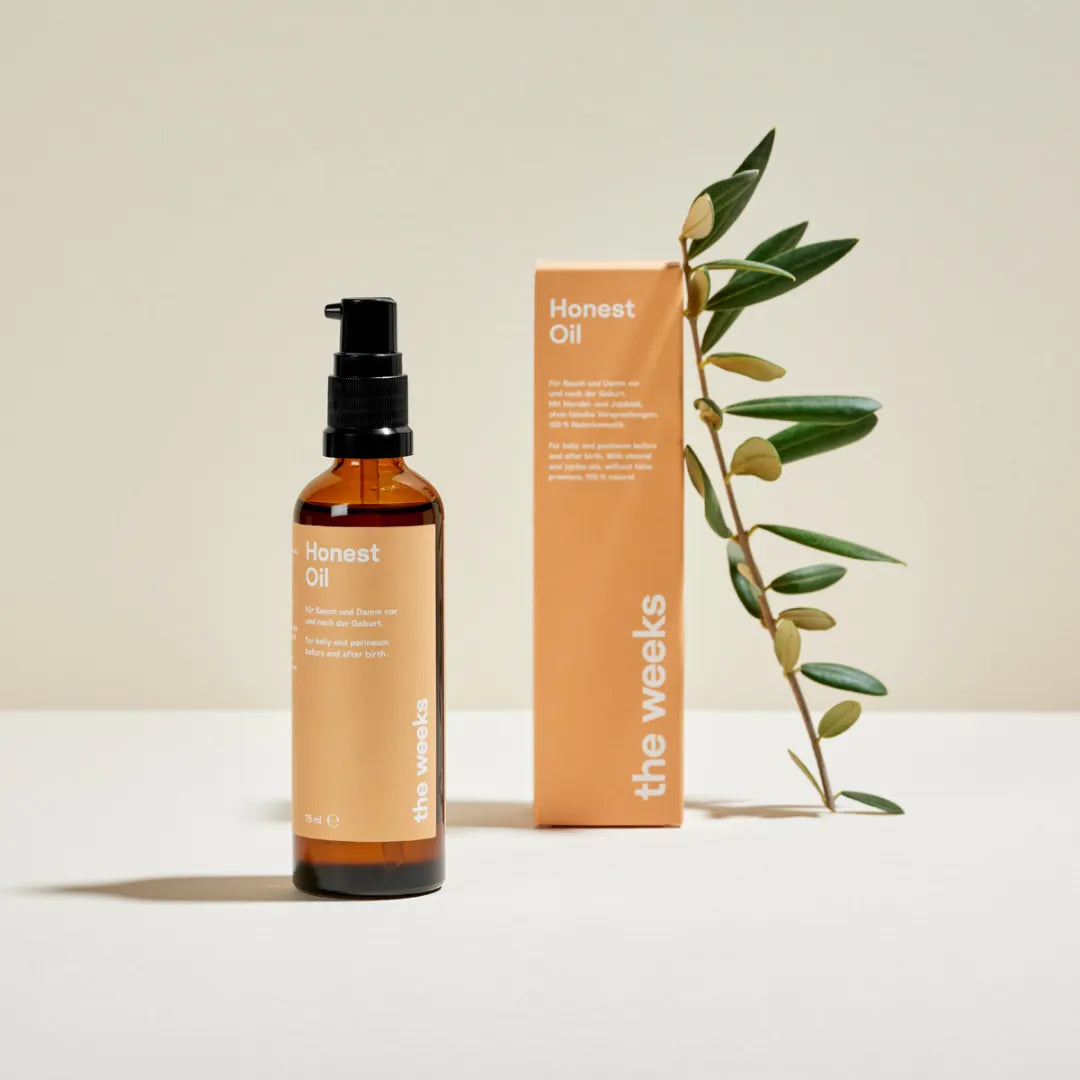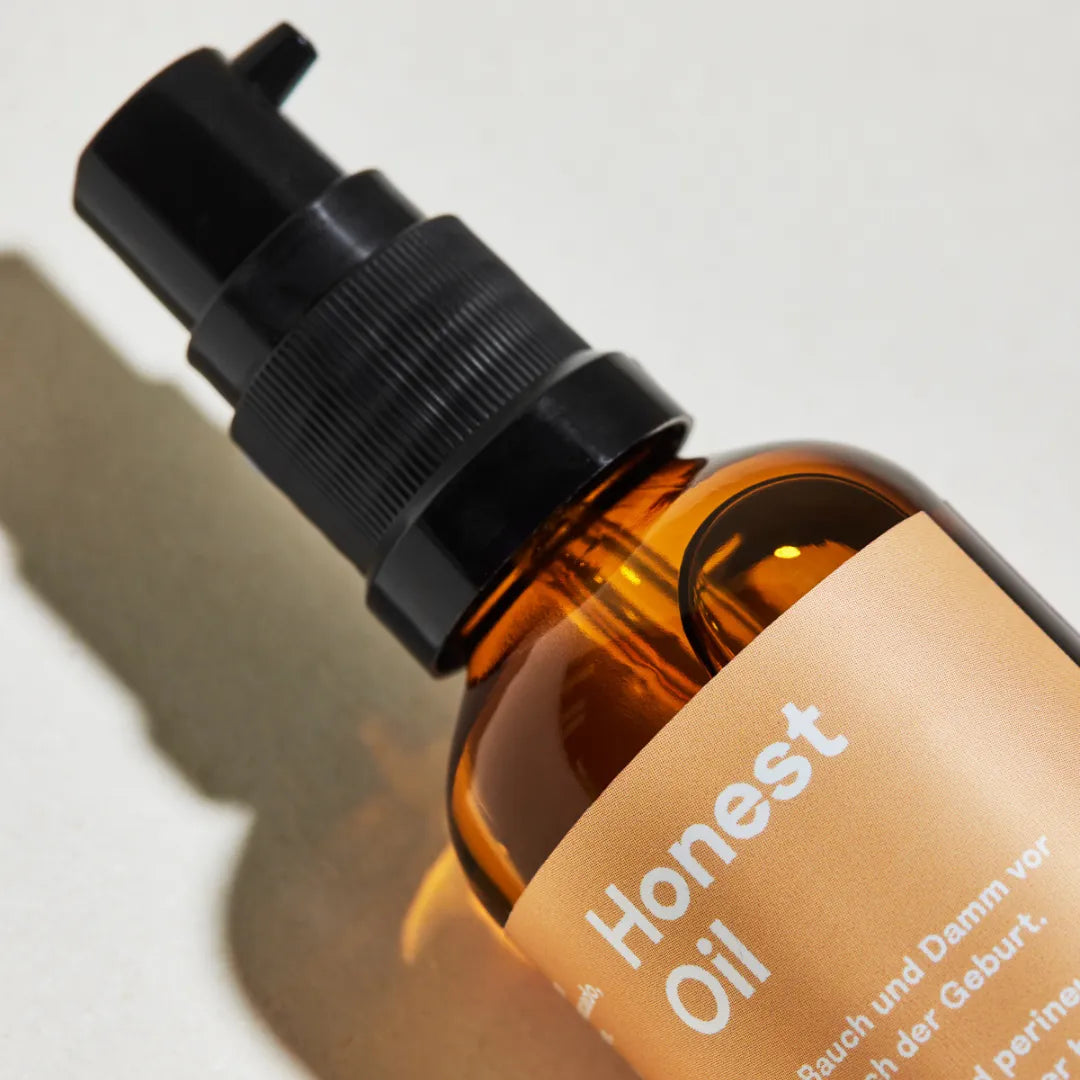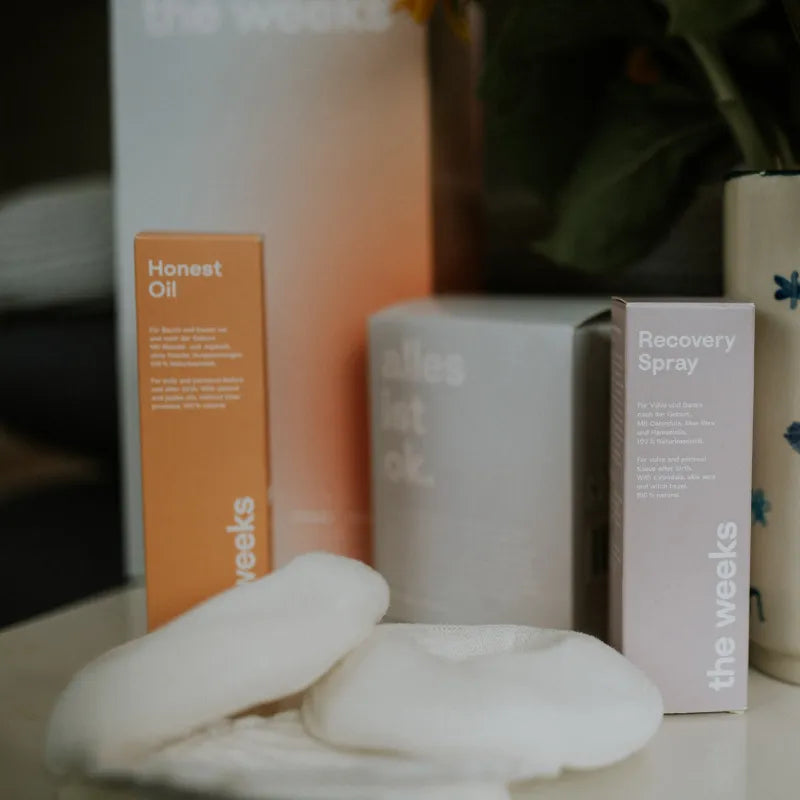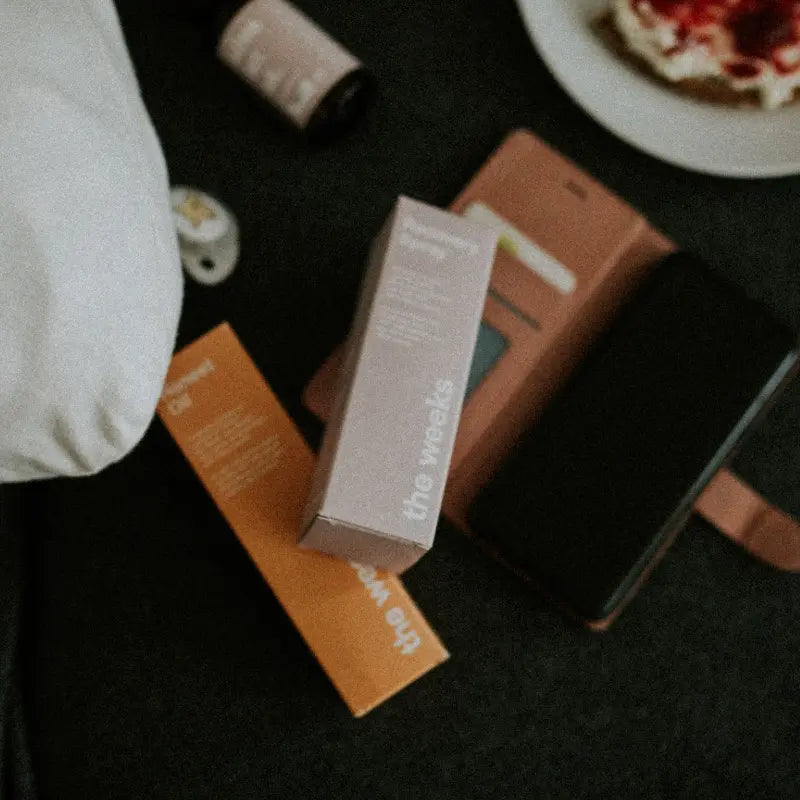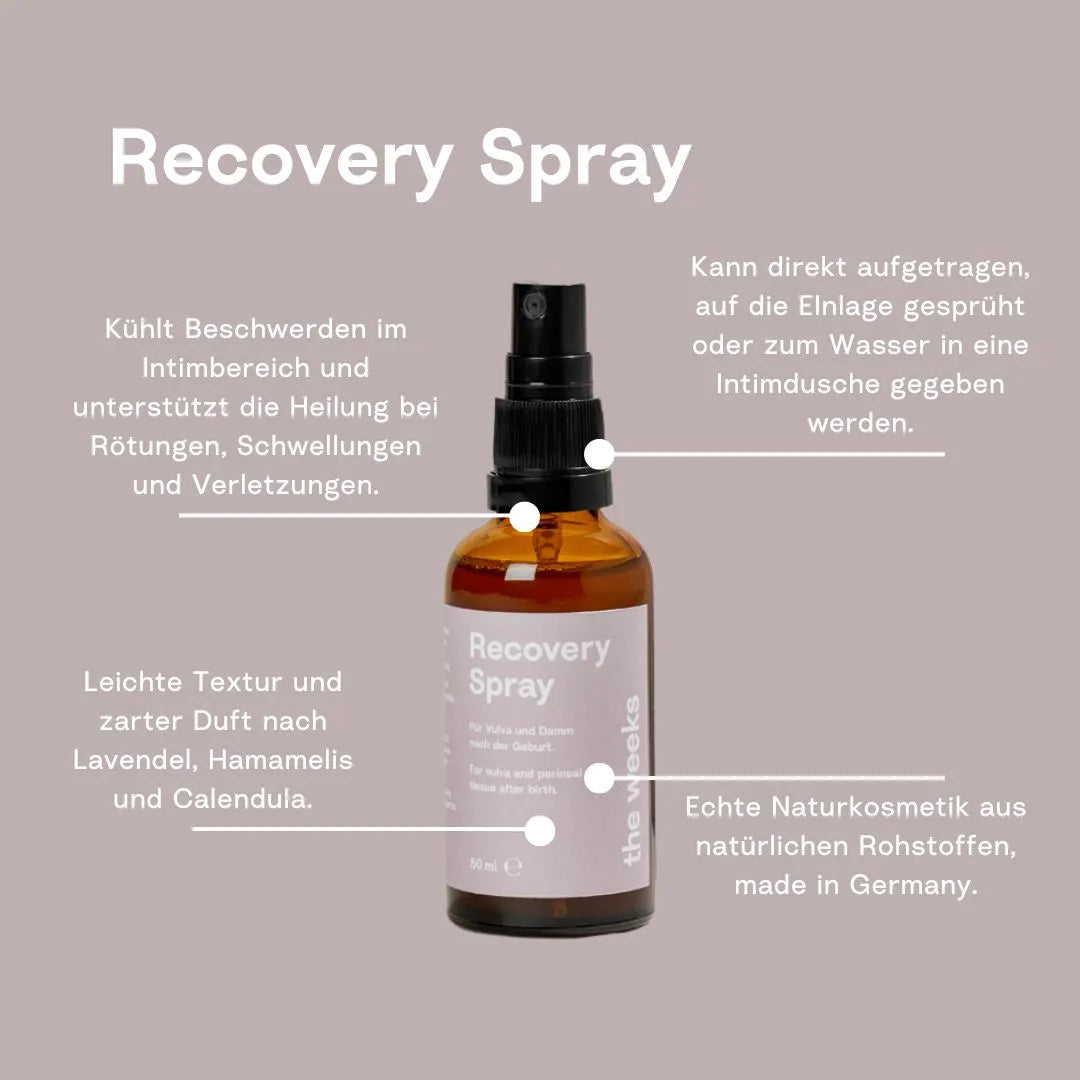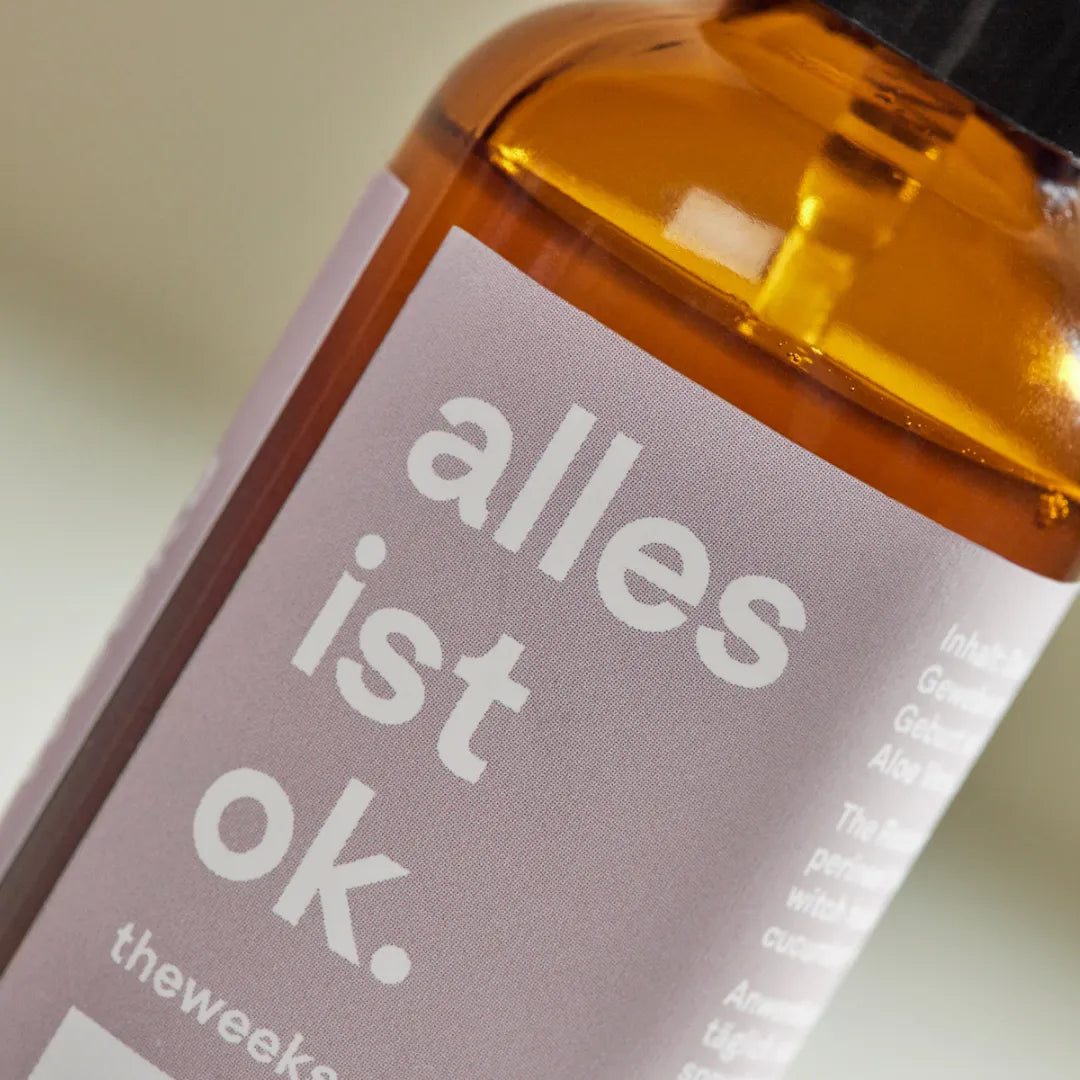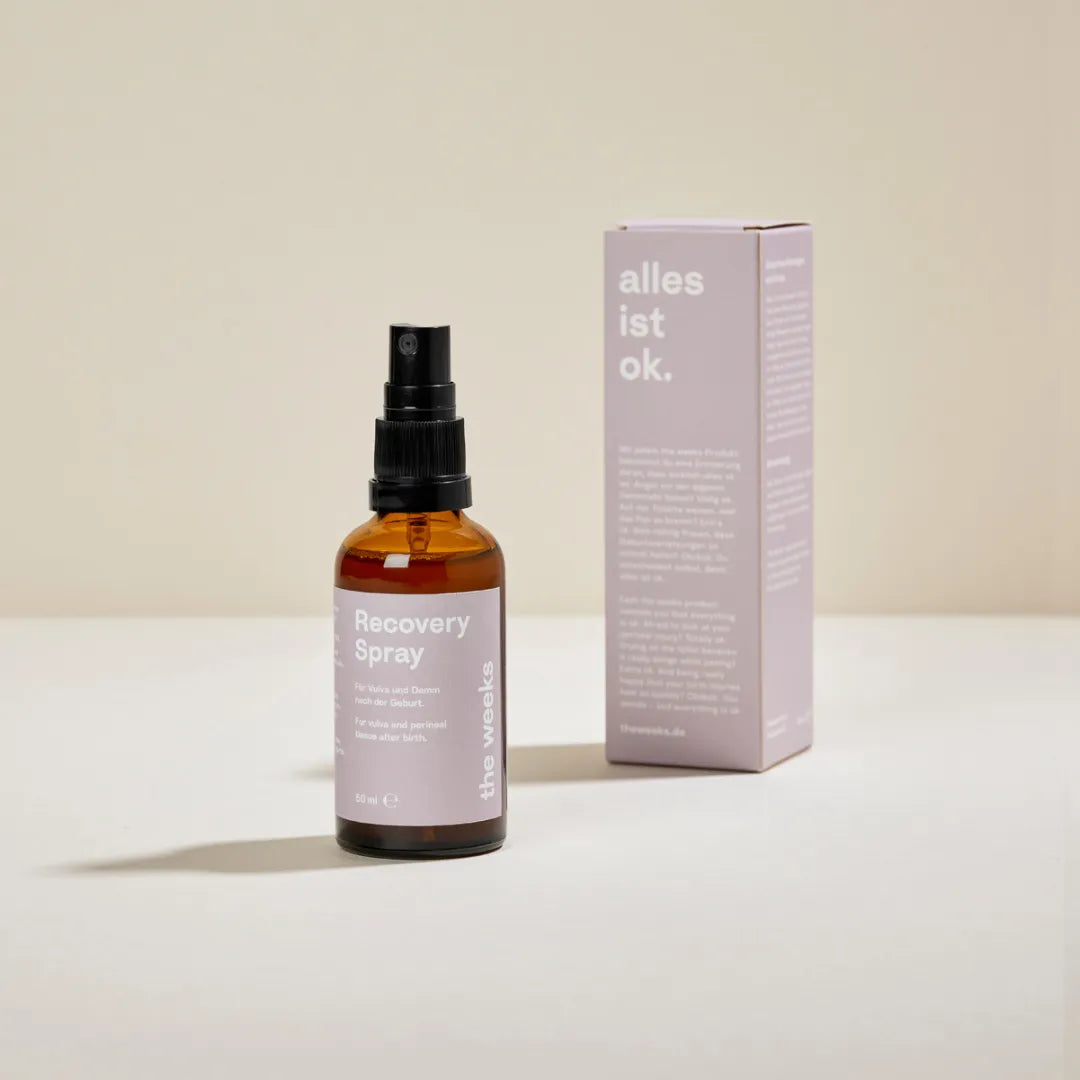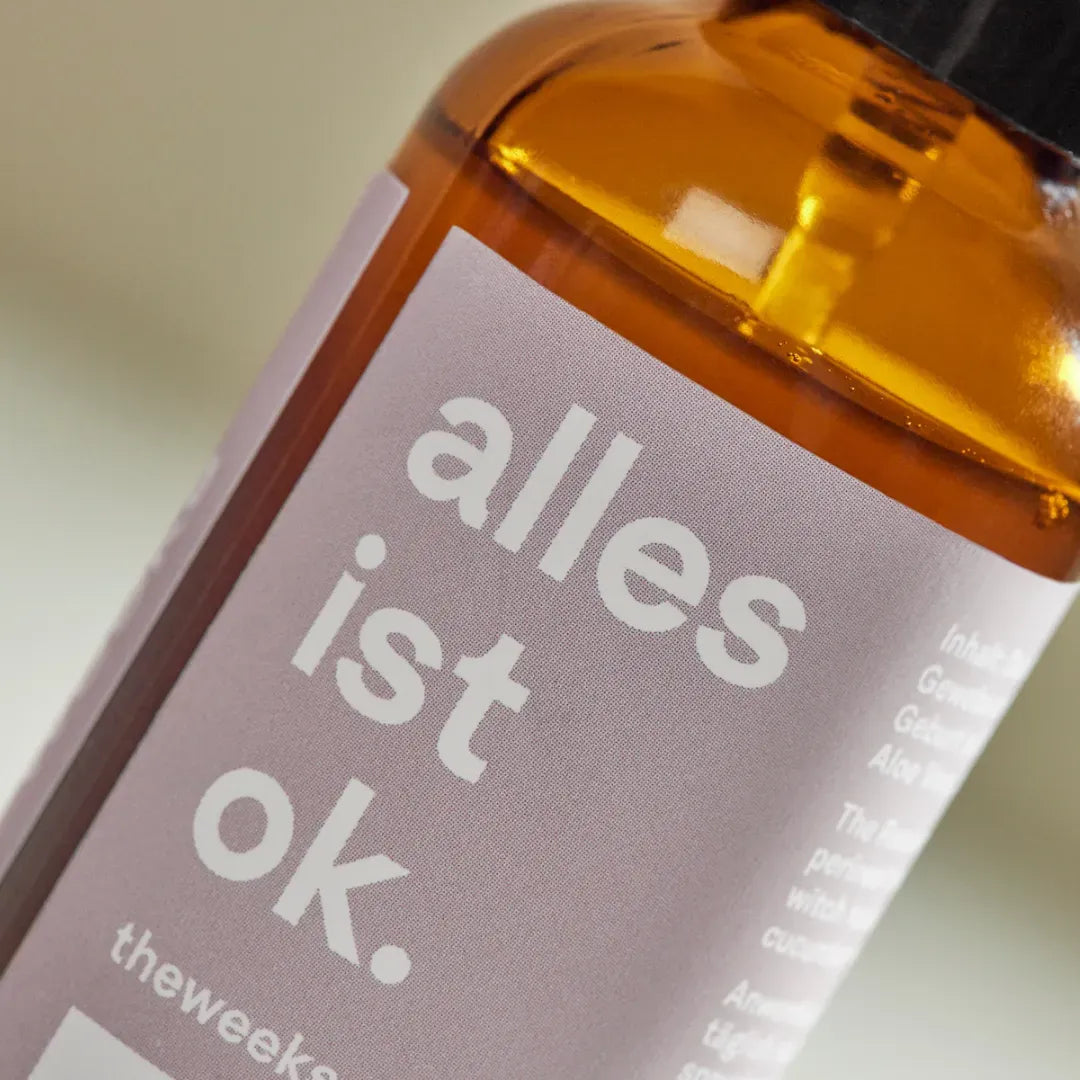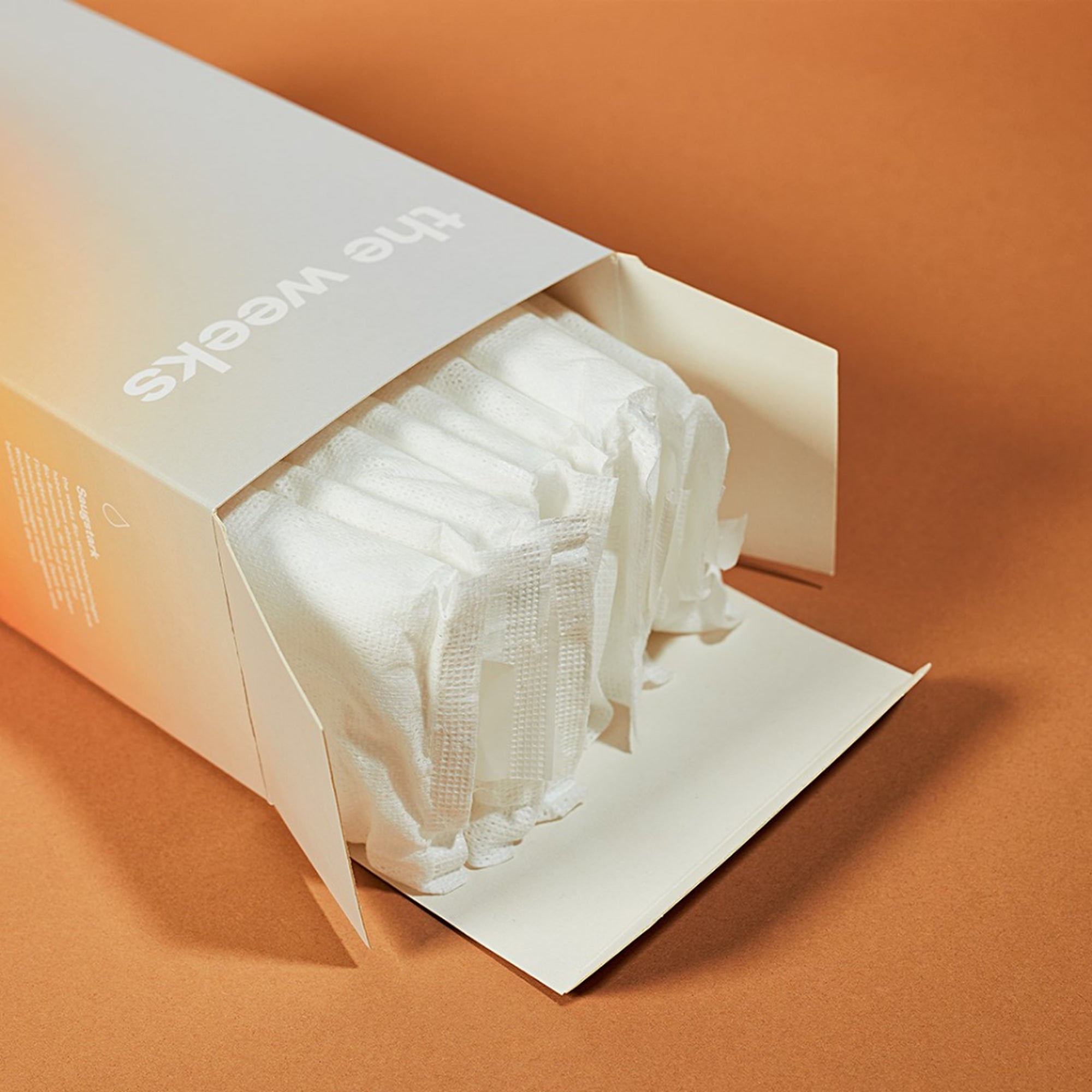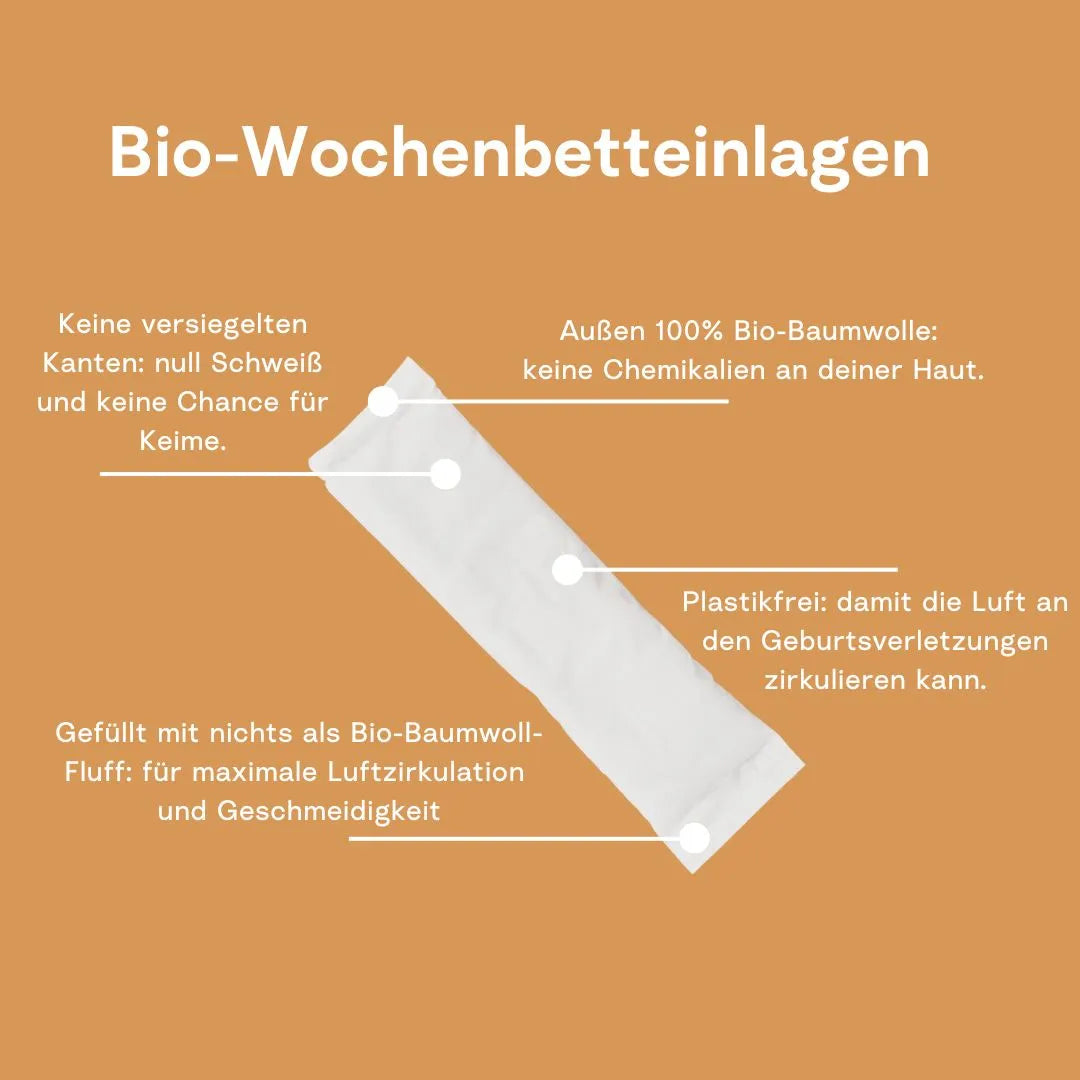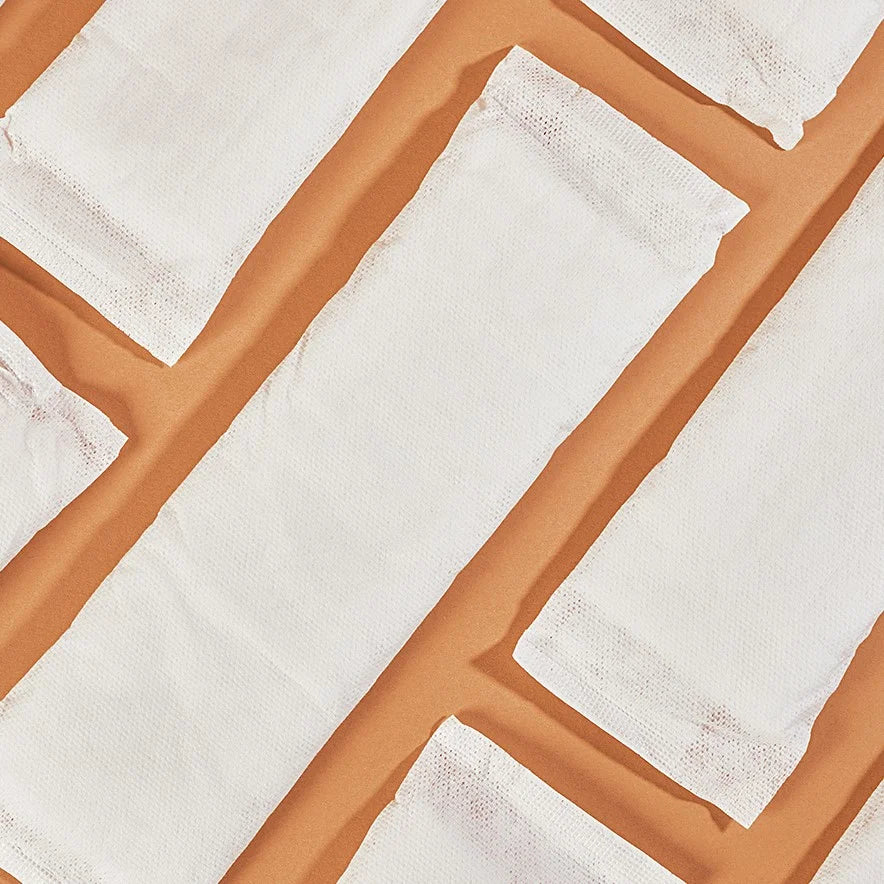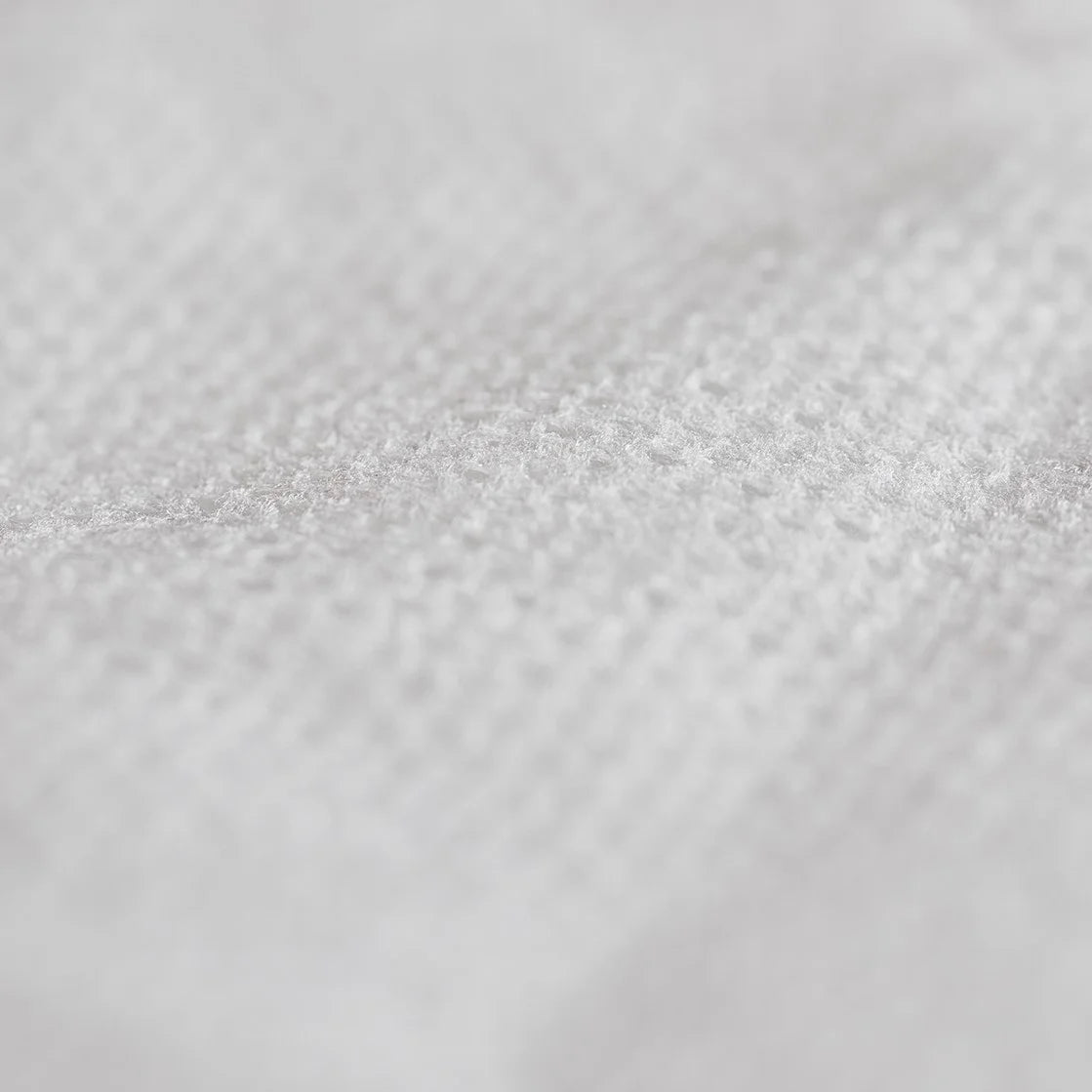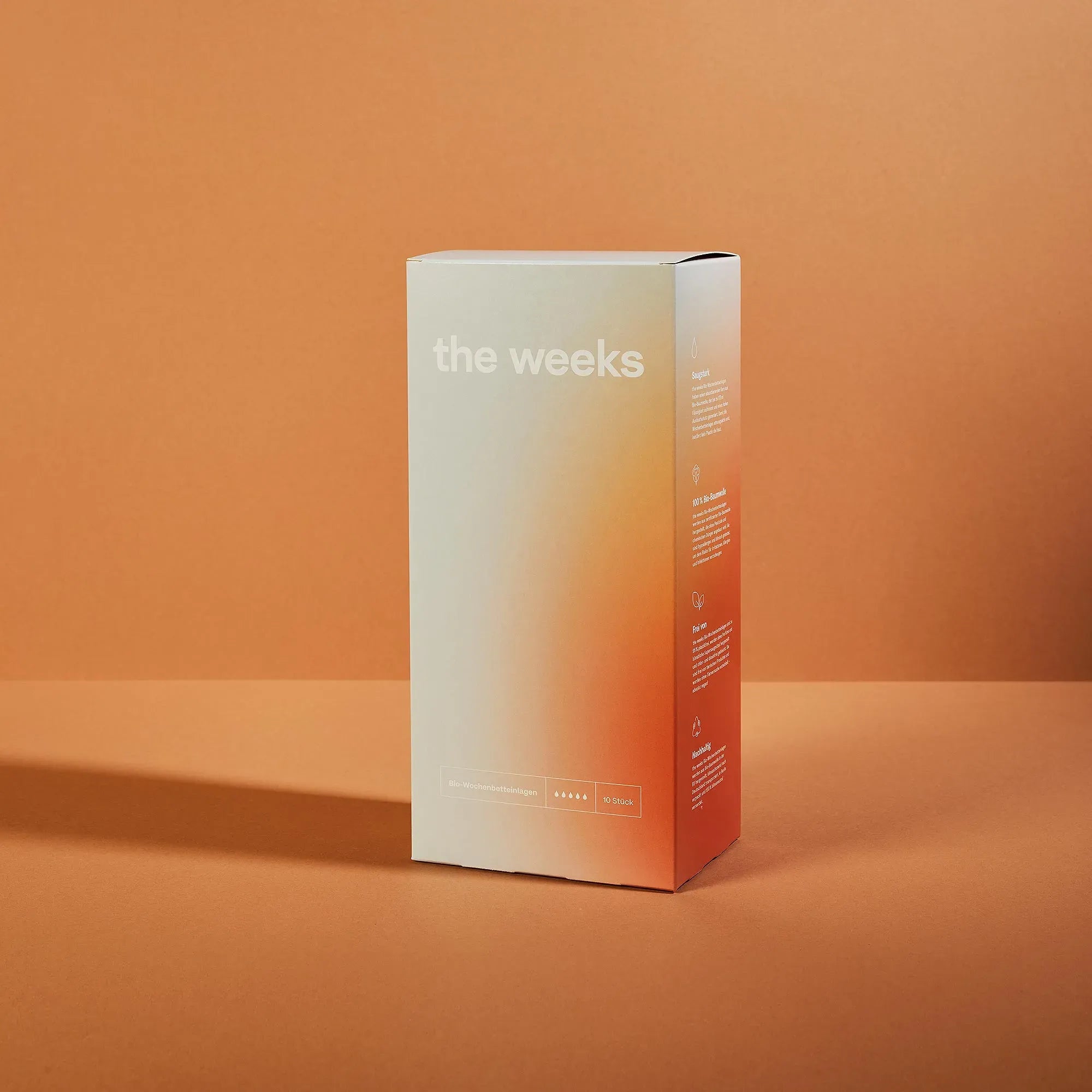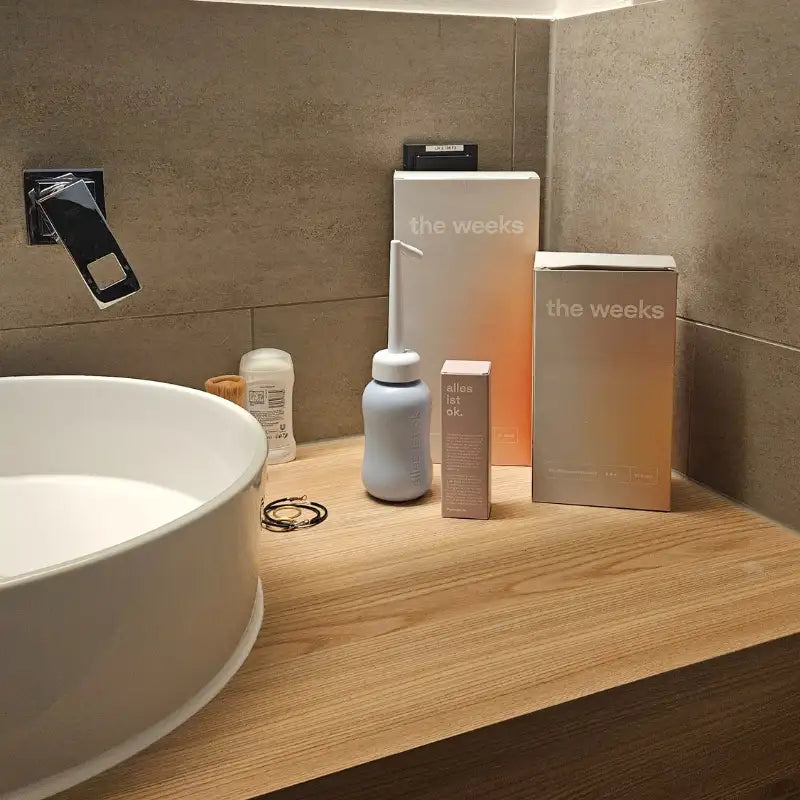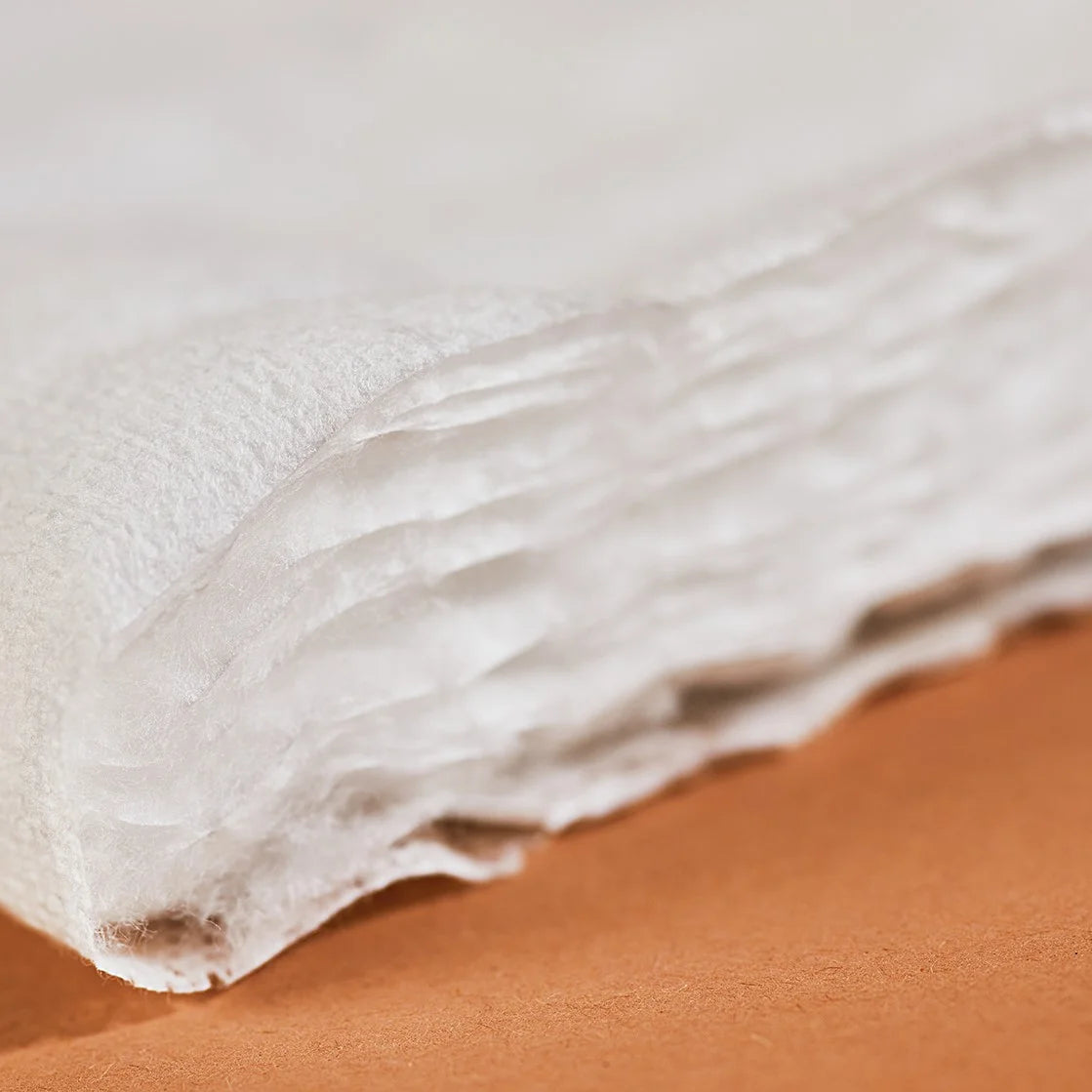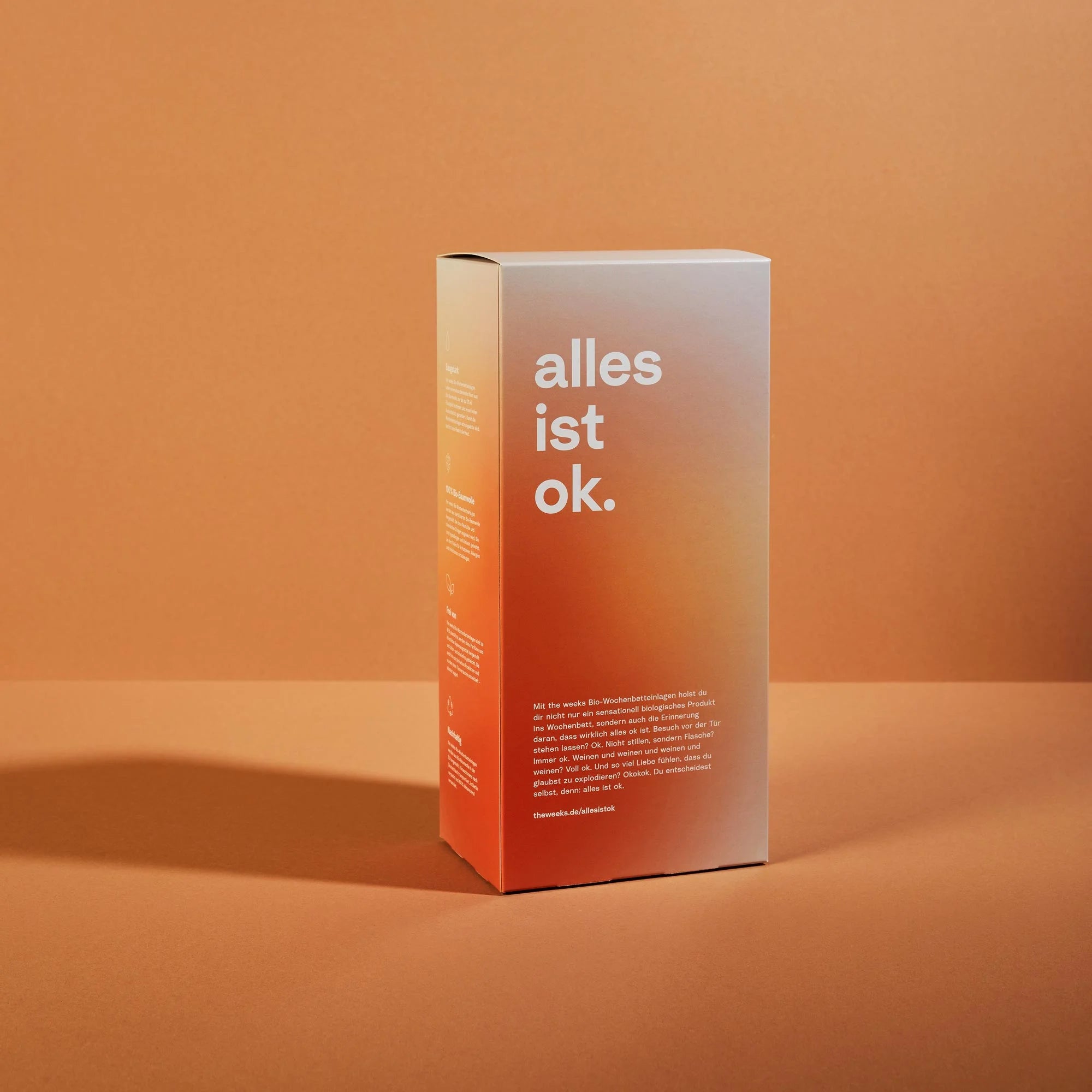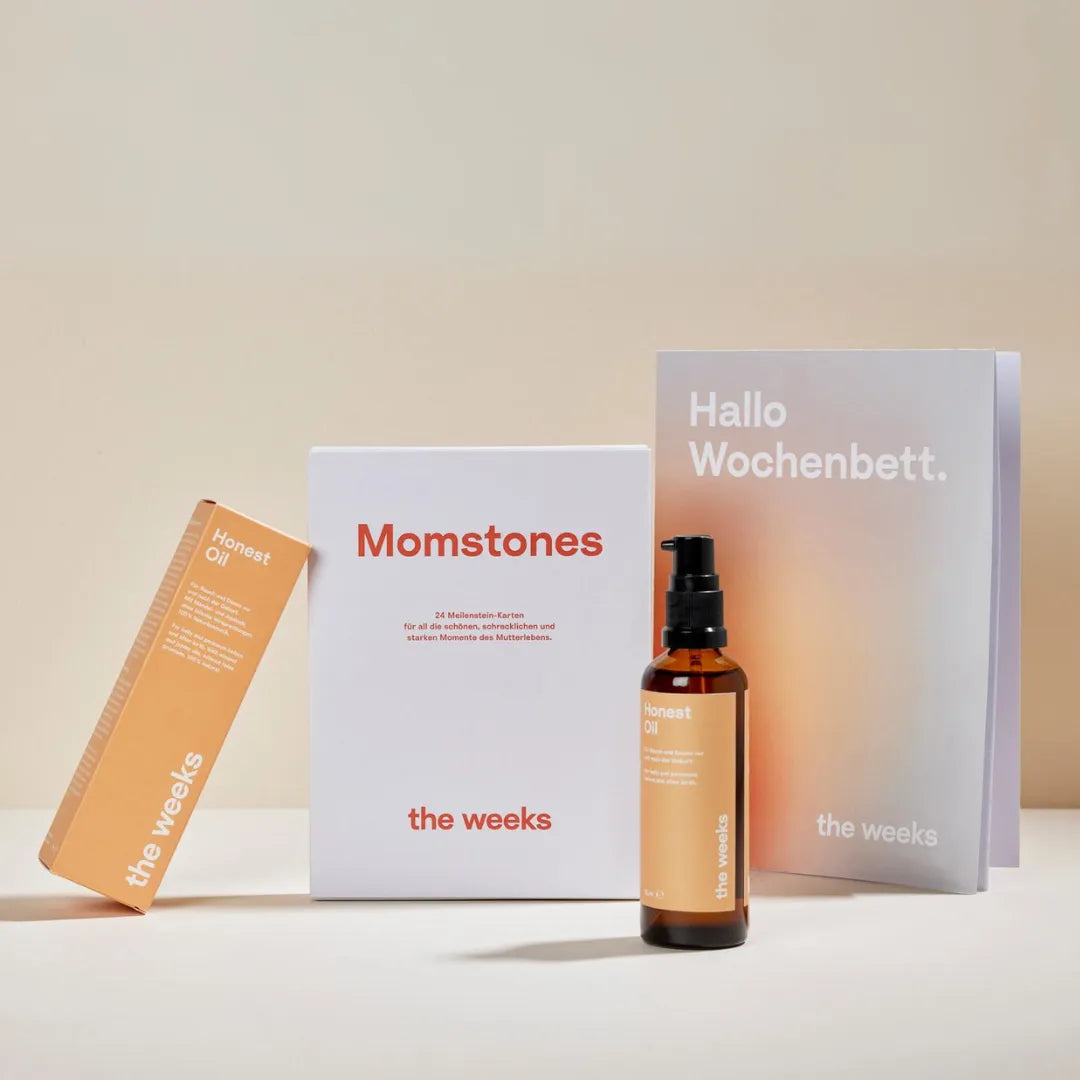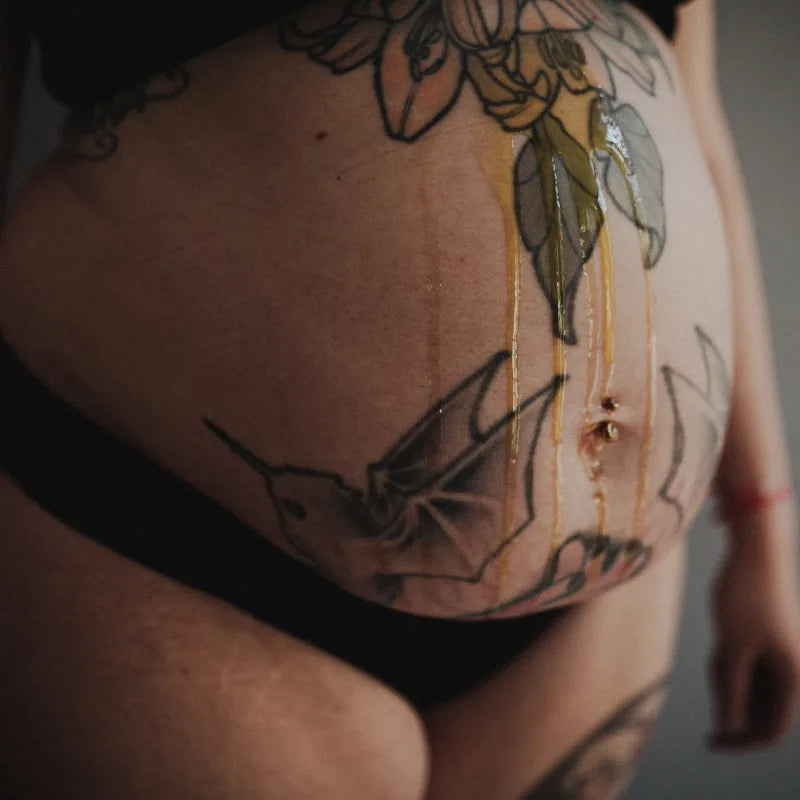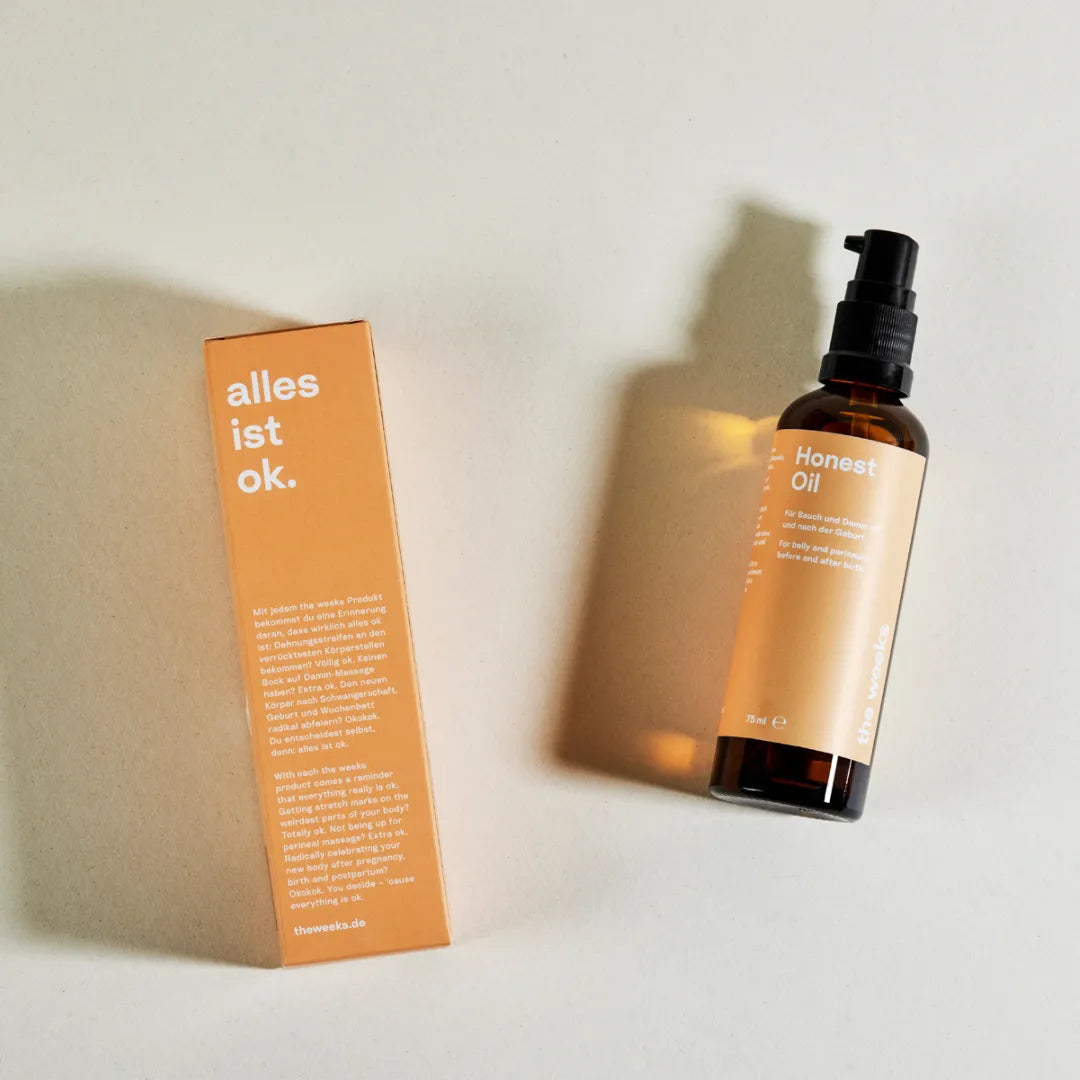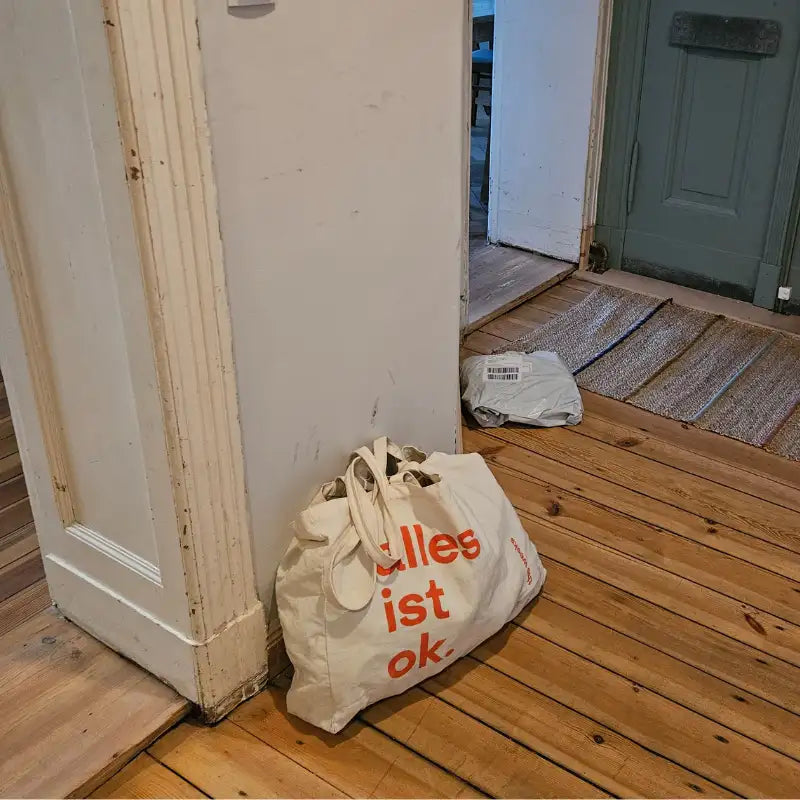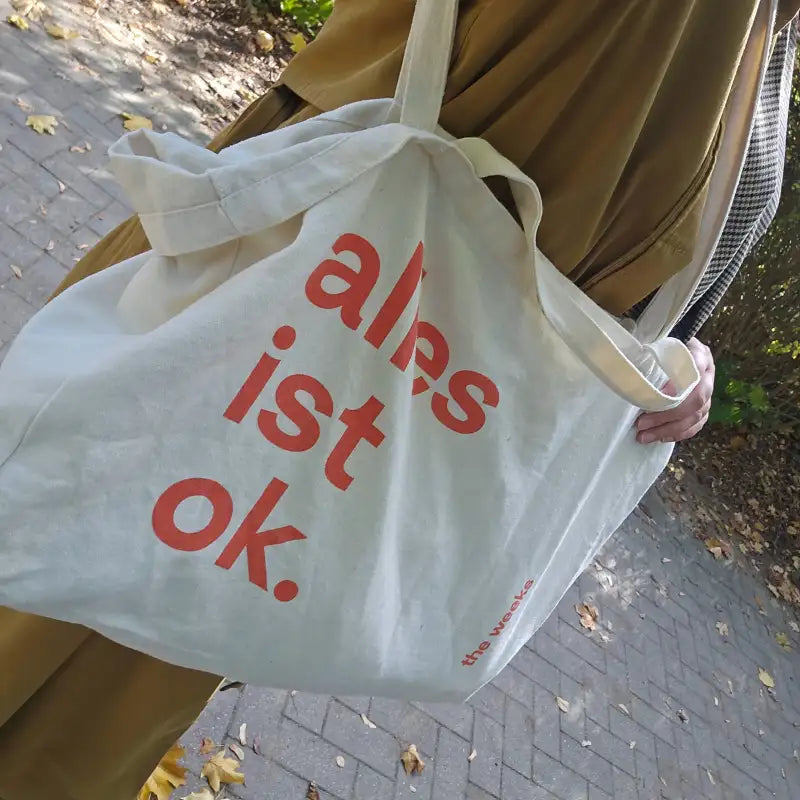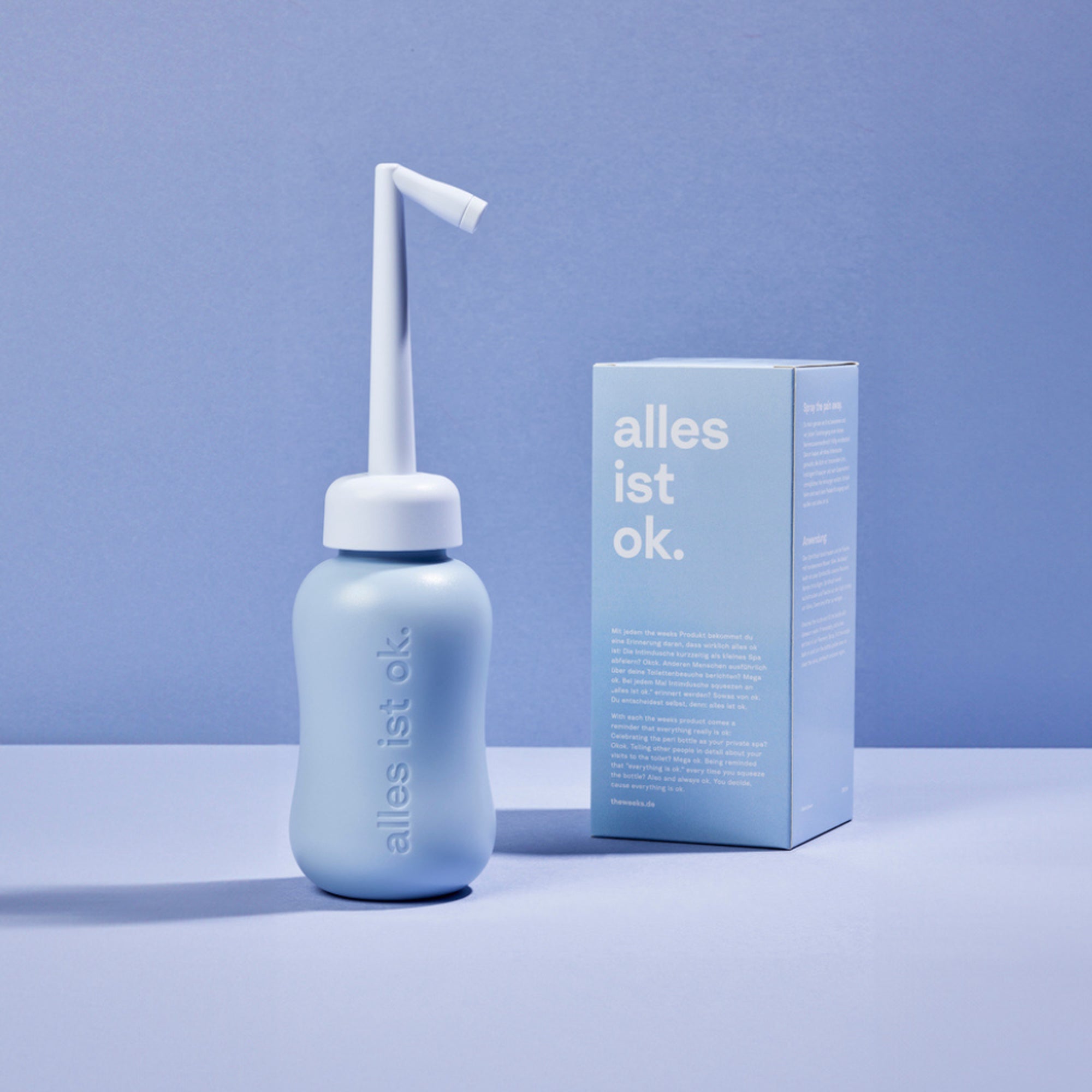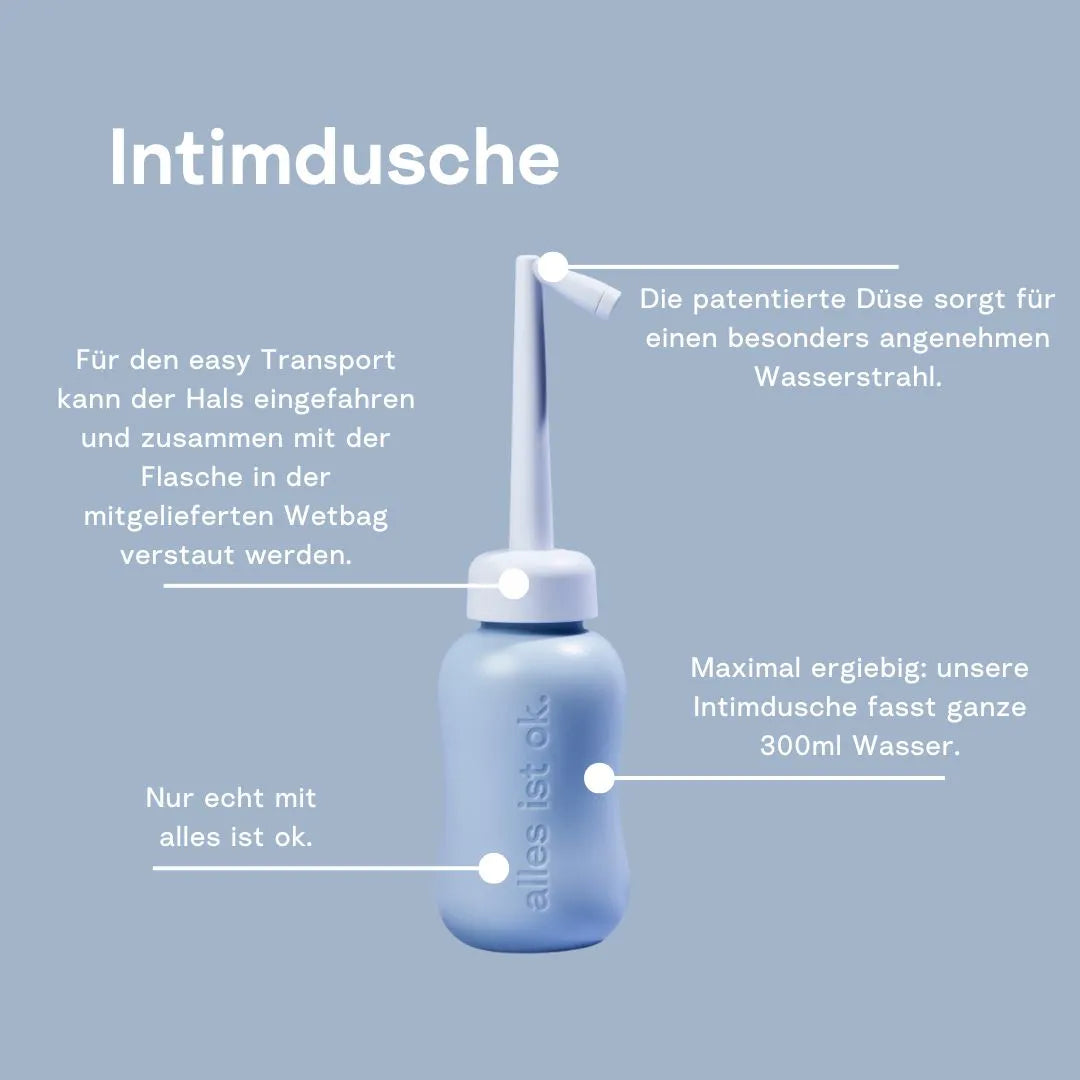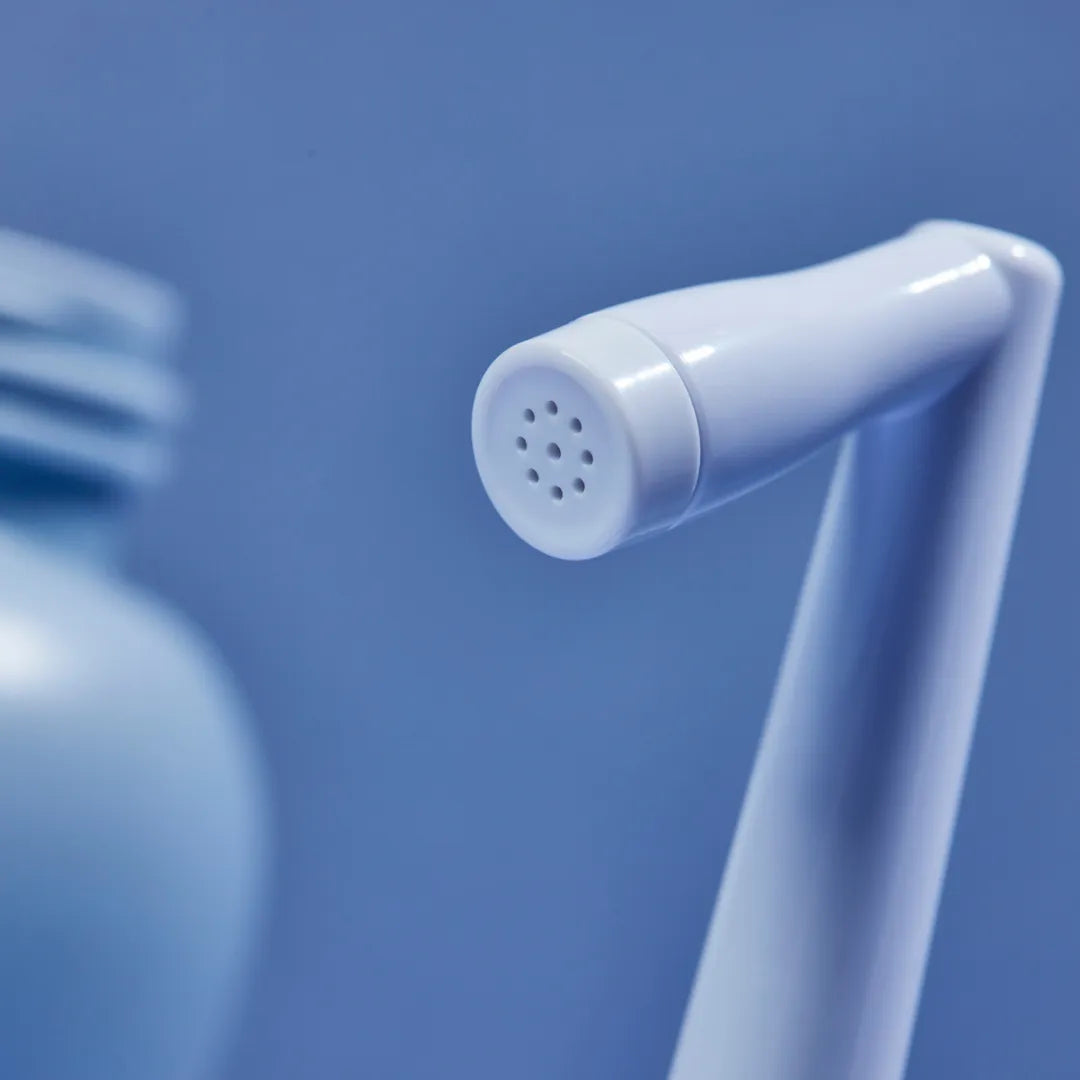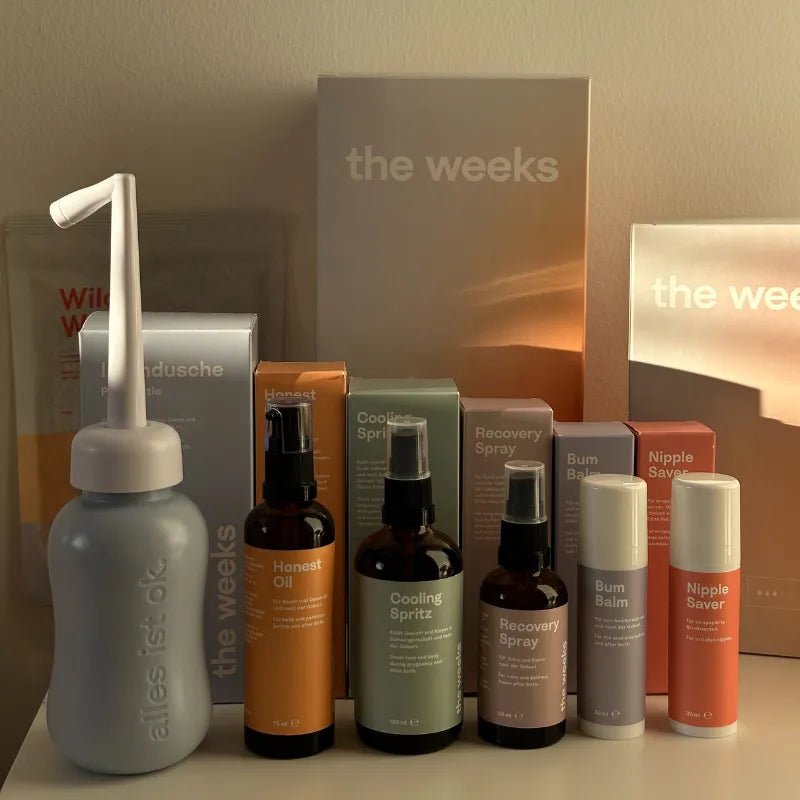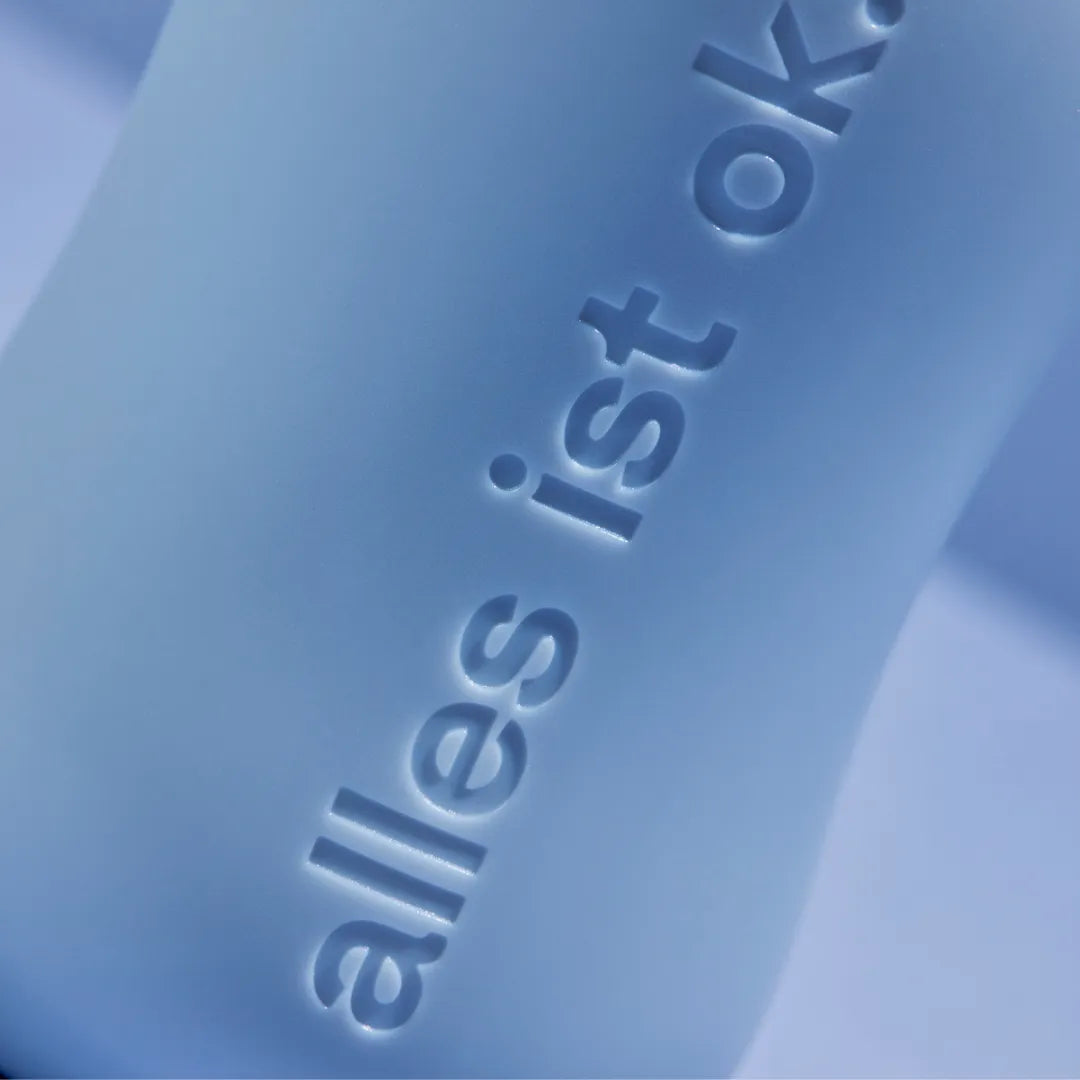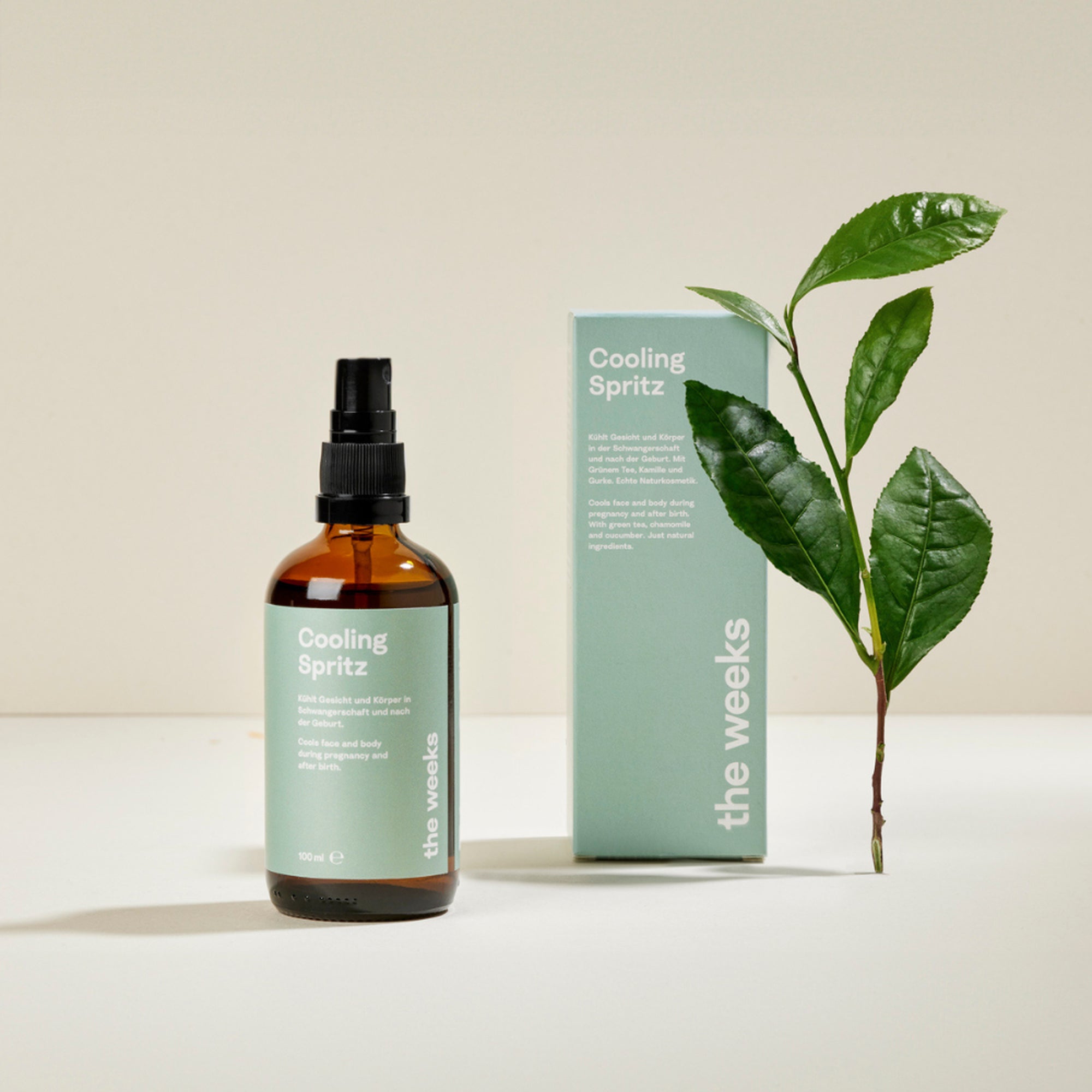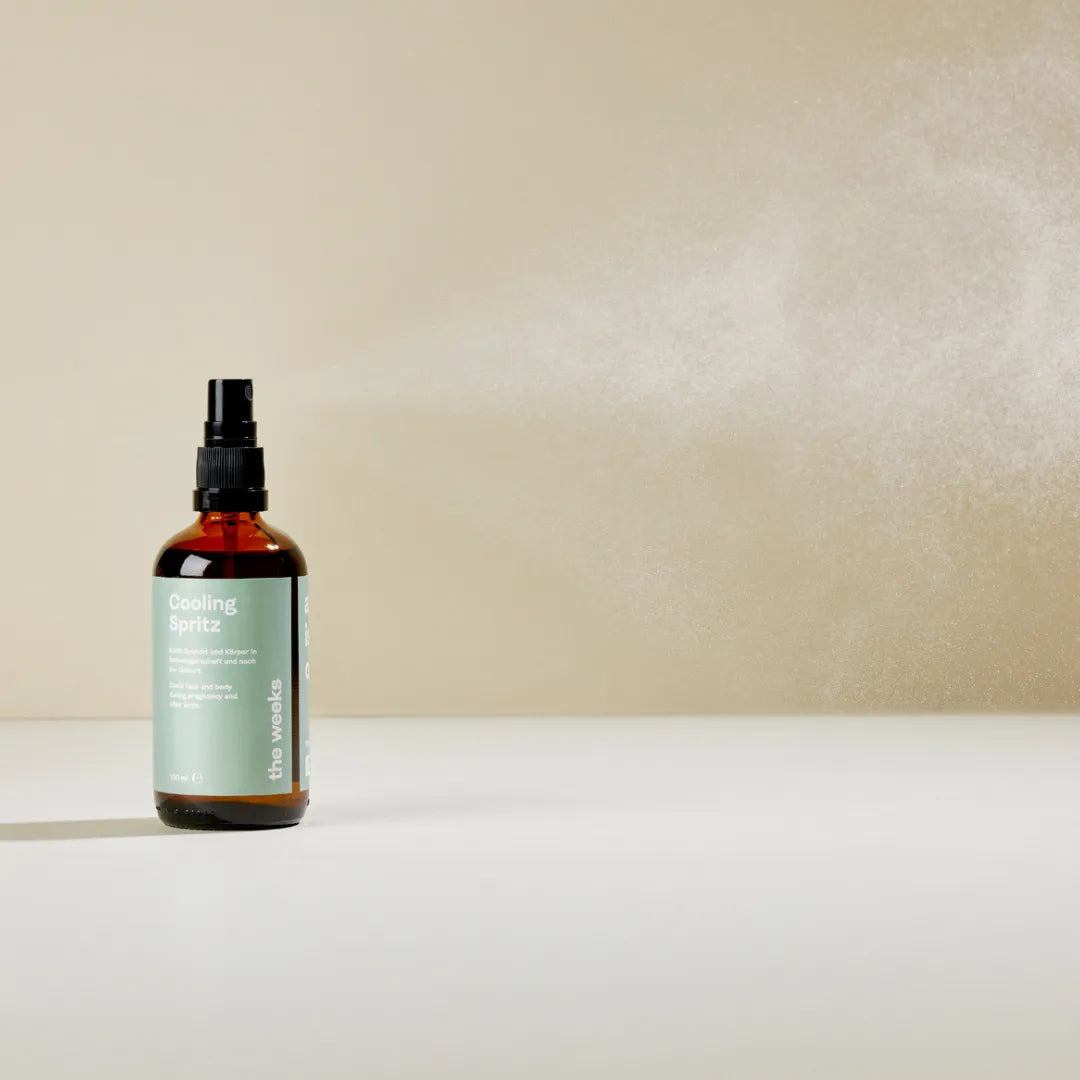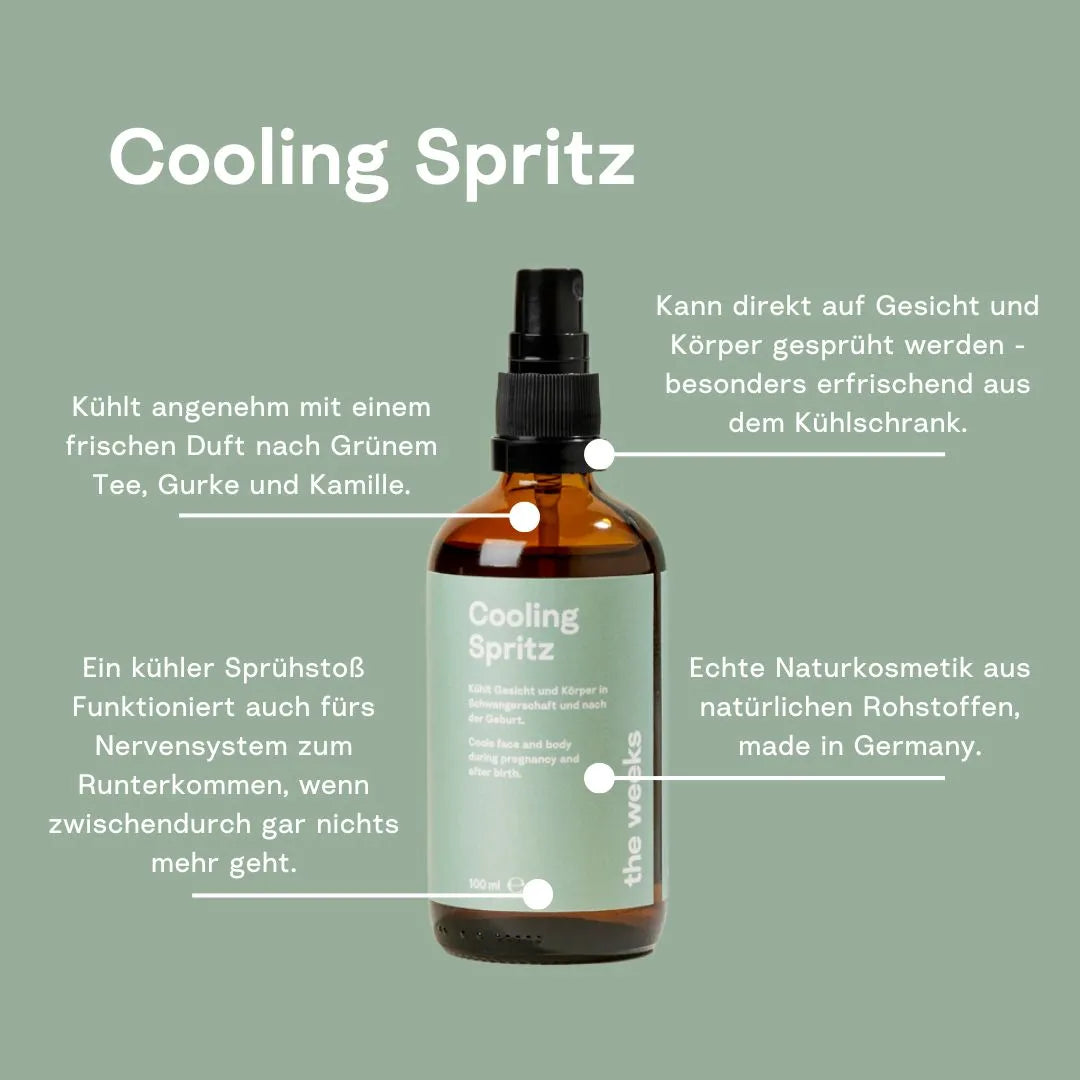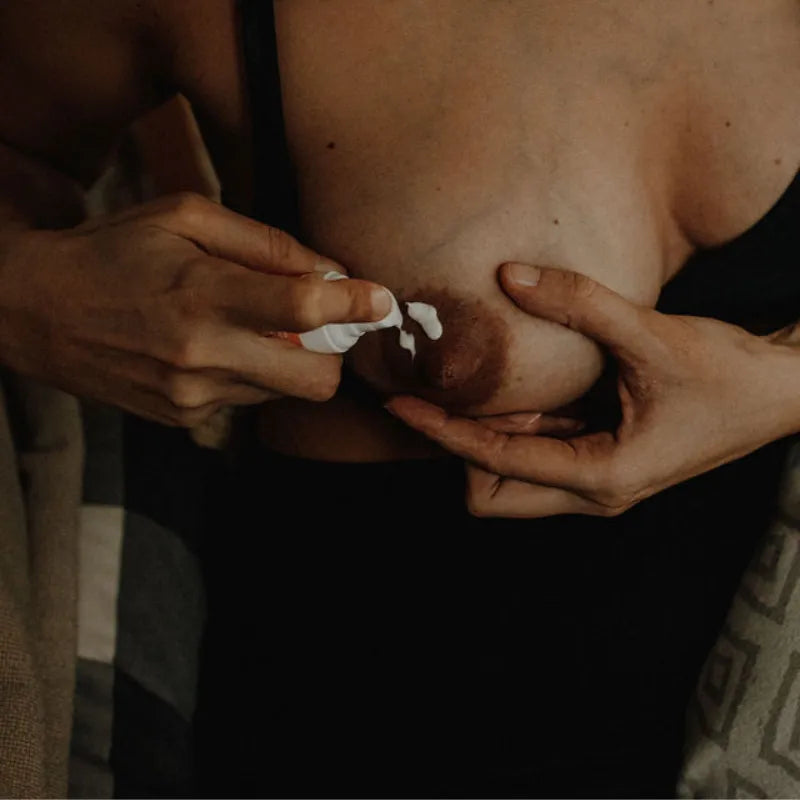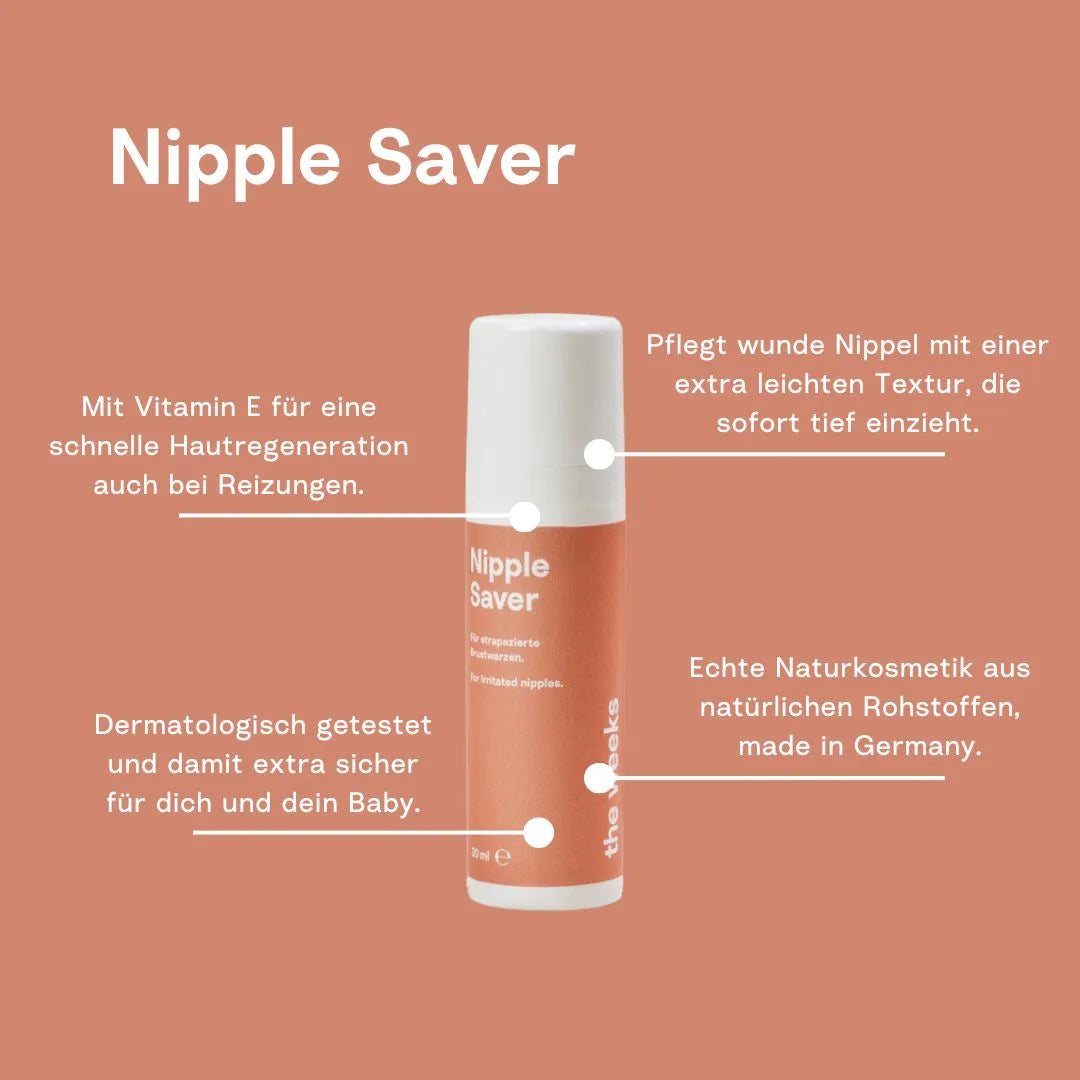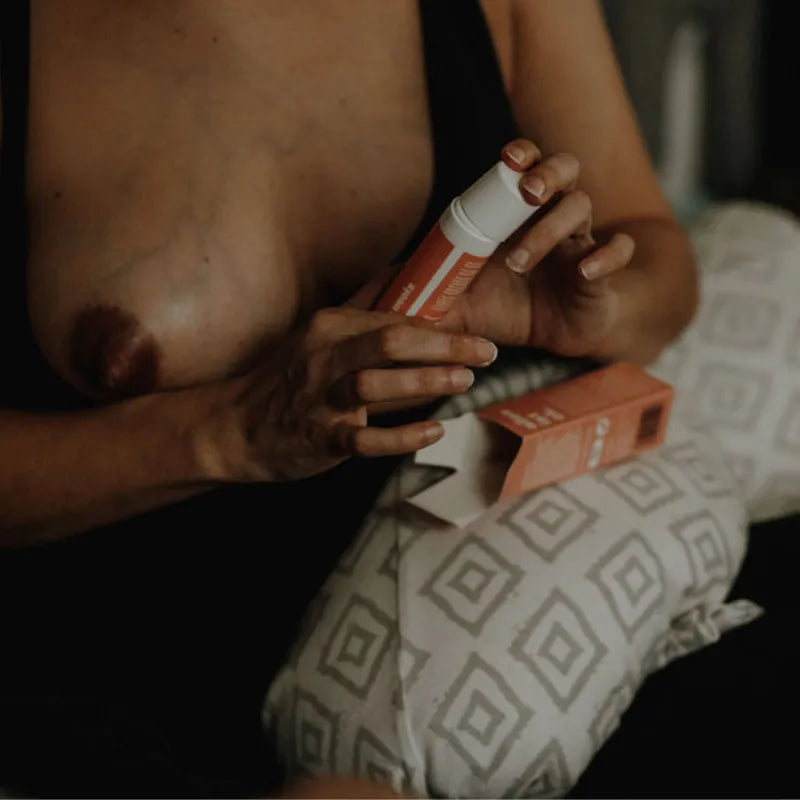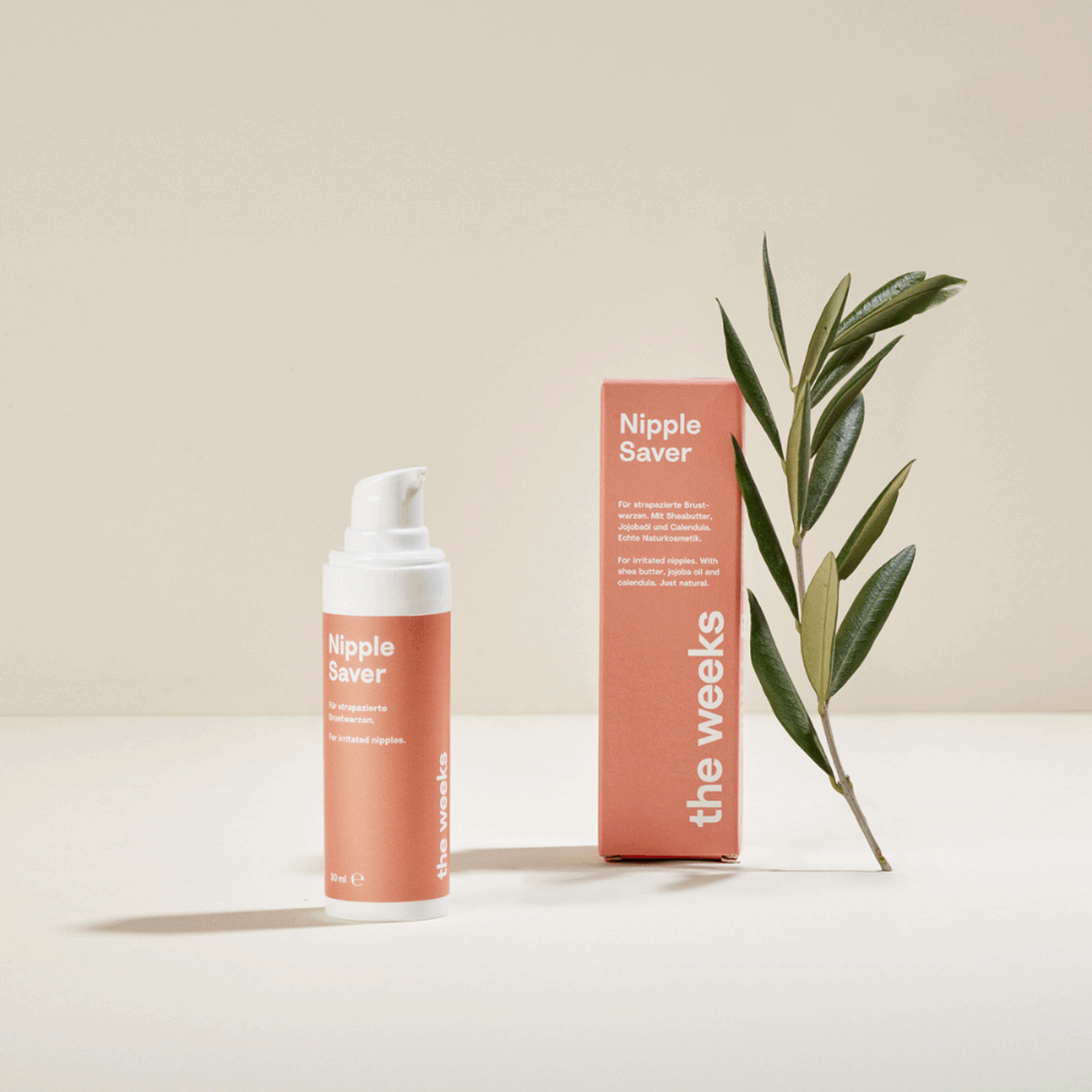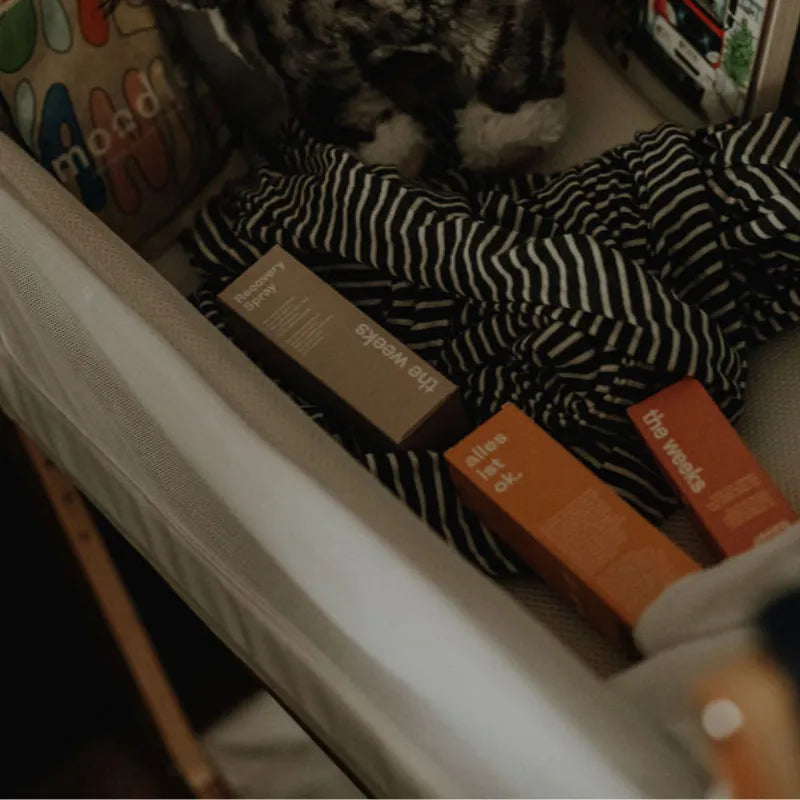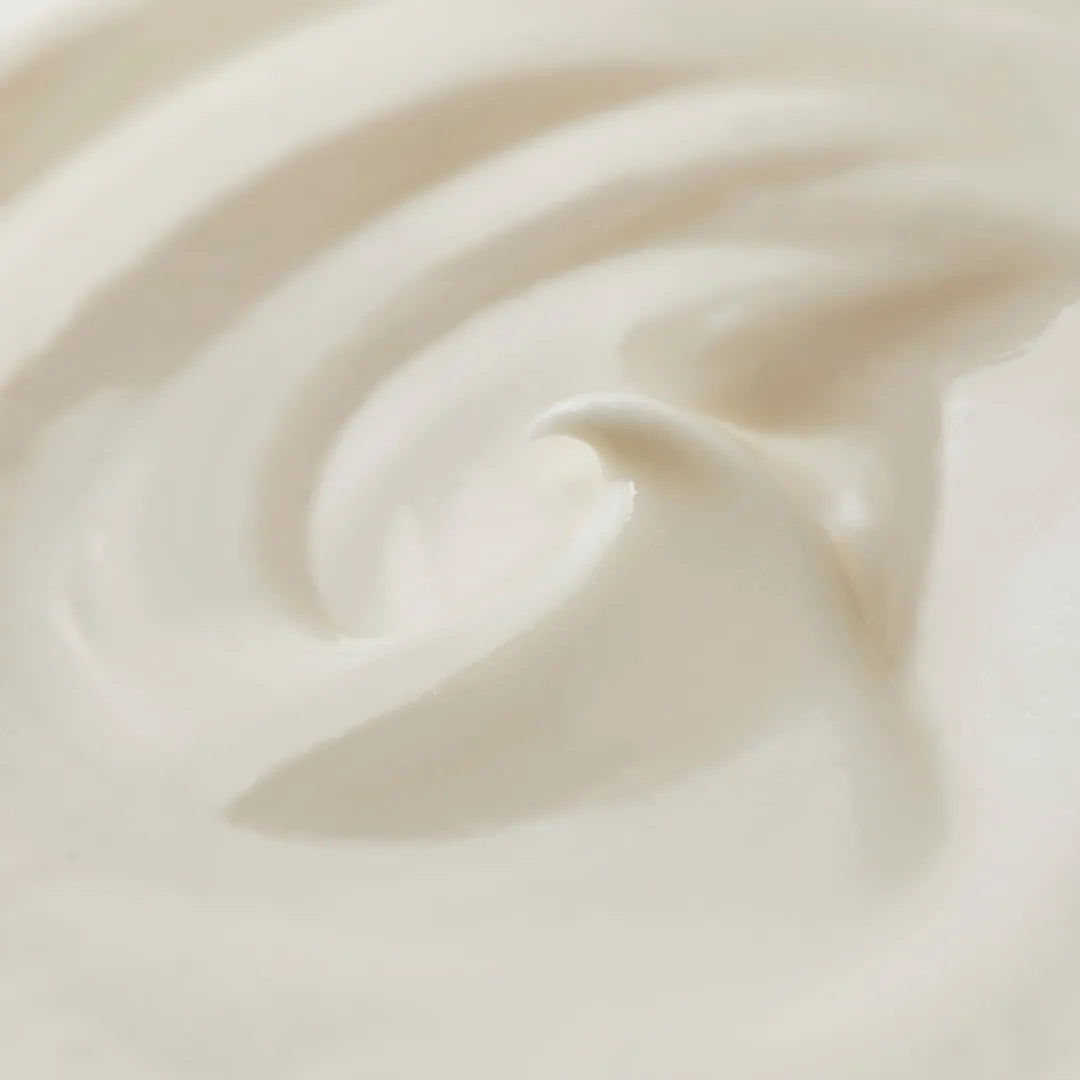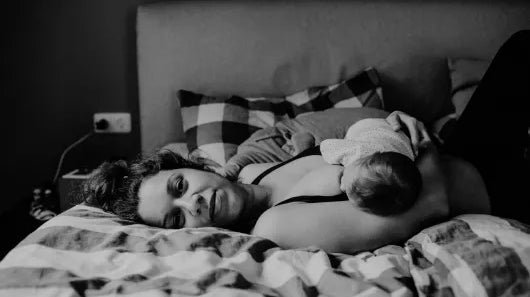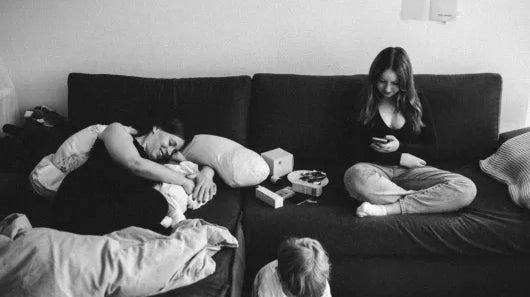Birth injuries are abrasions, tears and cuts that can occur during a natural birth on your perineum, vulva, labia, vagina, clitoris or cervix. Of course, the wound caused by a Caesarean section is also a birth injury that needs to be cared for in order to heal properly.
No matter what type and severity of birth injuries you have, they can all be helped to heal with a little care. And because there are many old wives' tales and strange myths about this, we have written down the best and most scientifically based tips for caring for your injuries:
9 Tips for Birth Injuries in the Intimate Area
1. Lying down a lot: Yes, that sounds trite and isn't always easy to implement. But the torn or cut tissue, such as in a perineal tear or labial tear, needs rest to heal. If it is constantly stretched by sitting or walking a lot, this process usually takes longer. But don't stress: the wounds usually heal well even if you can't hold everything perfectly because of all the lying down.
2. If lying down doesn't work so well: Try not to sit in any position that puts pressure on the sore areas. This usually includes sitting cross-legged and also sitting on an air cushion, as is recommended for hemorrhoids.
3. Don't strain on the toilet: Sit in a good position that ideally protects the pelvic floor. A small stool under your feet helps to position the rectum perfectly, so that straining is often not necessary. If you have very hard stools: Drink plenty of fluids, eat loosening foods such as psyllium husks or linseed and, if in doubt, even ask your midwife about stool softeners.
4. Air! If you use postpartum pads, make sure they are breathable. And for underwear too: go for a looser fit and more cotton than tight synthetic briefs.
5. Nourishing rinses: It is best to rinse your vulva with clean water from an intimate shower every time you go to the toilet. You can also enrich the water with wound-healing additives such as The Weeks Recovery Spray or just rinse with water and then spray your injuries with the spray.
6. Wound compresses: These are also great for large injuries. Spray a postpartum pad with the recovery spray, put it in the fridge for a short time and then put it in your underwear. It cools wonderfully!
7. Removing stitches: These do not need to be removed because they dissolve on their own, but since this takes quite a long time, it is often more comfortable if you let your midwife remove the stitches after a few days.
8. If you have hematomas (bruises): Arnica in the form of ointments or compresses can be pleasant and support healing.
9. Sitz baths: can often be pleasant, but please only after a few days, when the wounds have closed superficially. To do this, simply mix body-warm water in the bathtub with the recovery spray (approx. 1 tablespoon per liter of water) and sit in it. If you don't have a bathtub, you can also simply pull a clean plastic bag over the toilet seat, fold the seat down and pour a little water in. This way, the water is exactly where we want it: on the vulva, perineum and anus.
3 Tips for Scar Care After a Caesarean Section
1. In case of swelling: Spray a postpartum pad with recovery spray, put it in the fridge for a short time and then place it across the caesarean scar with a high pair of panties over it - it cools pleasantly and promotes wound healing.
2. If you want to clean the edges of your wound: This works great with water in which you have dissolved the recovery spray (approx. 1 tablespoon to 1 liter of water), or with oil.
3. After the incision has healed: To support the tissue around the cesarean scar, you can gently massage it with a little oil.
Conclusion
Proper care for birth injuries, be it a perineal tear, labial tear or a cesarean section scar, is crucial for quick and healthy healing. If you follow these tips and always seek advice from your midwife or doctor if you have any concerns, you can best support the healing process.

